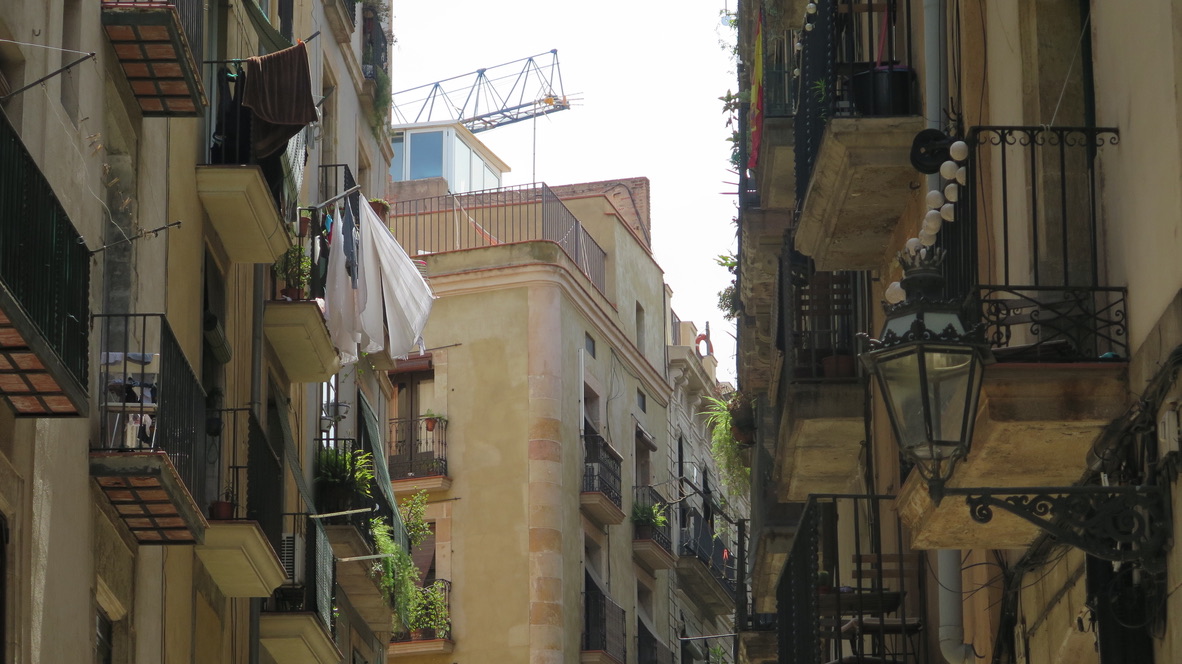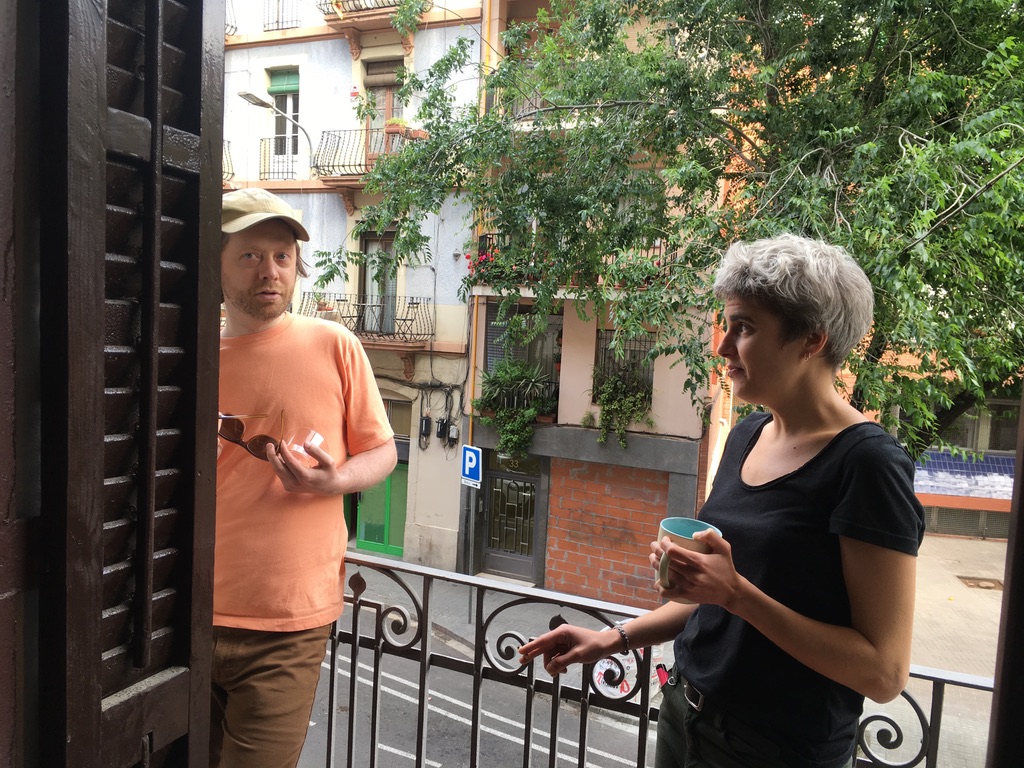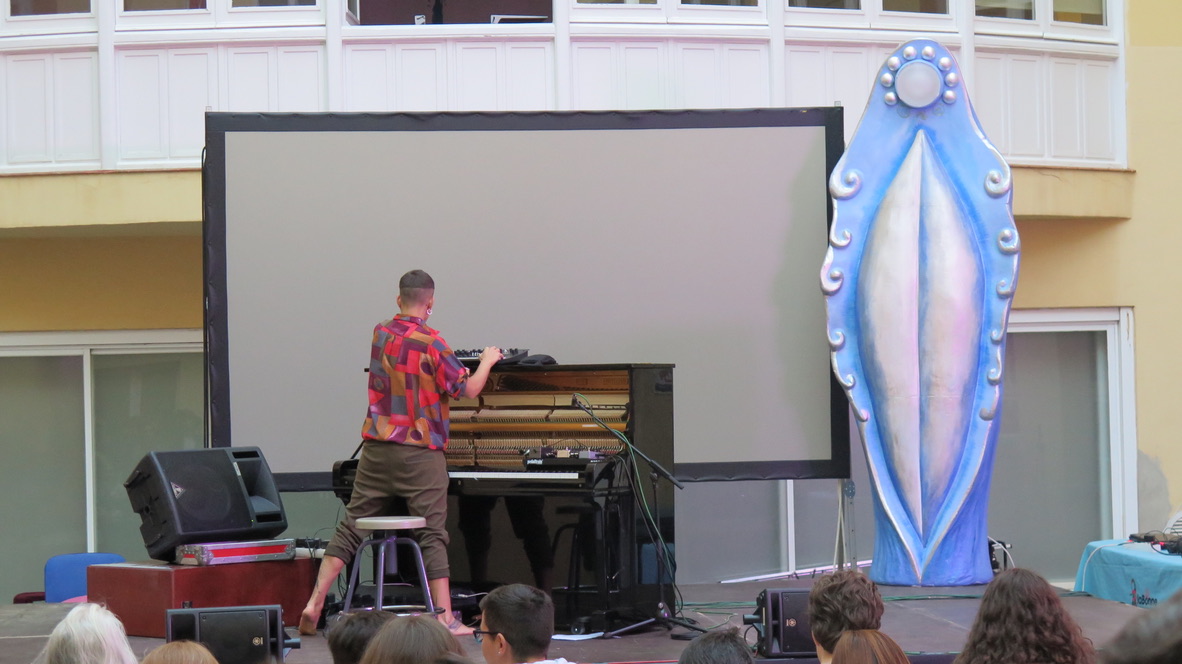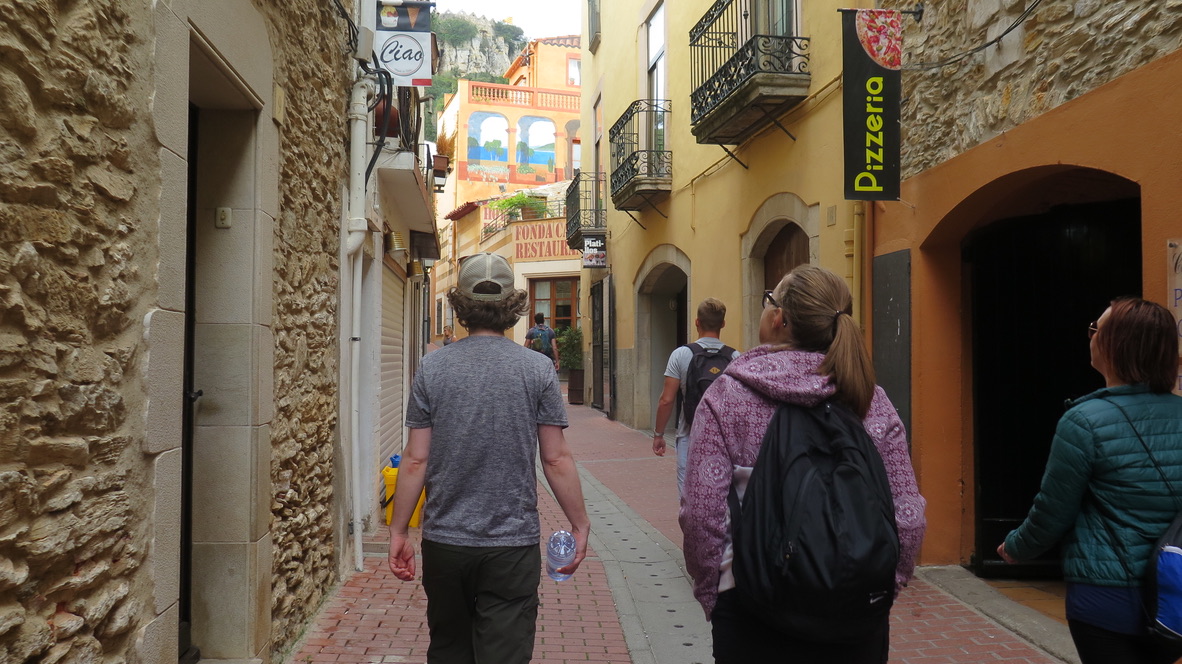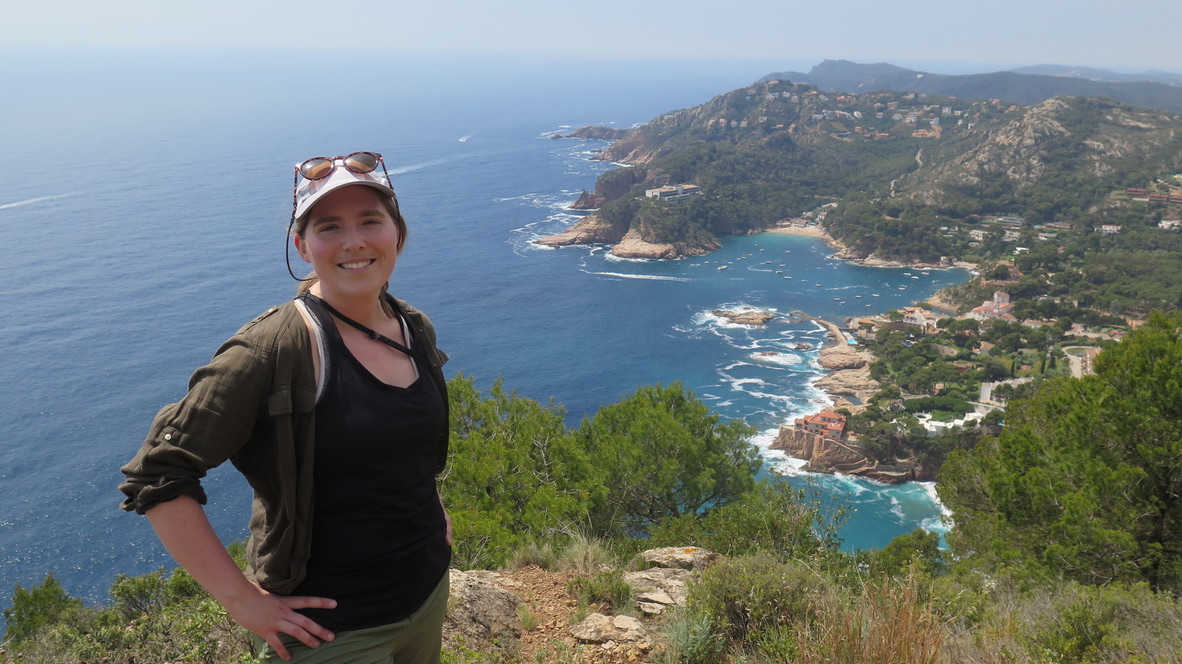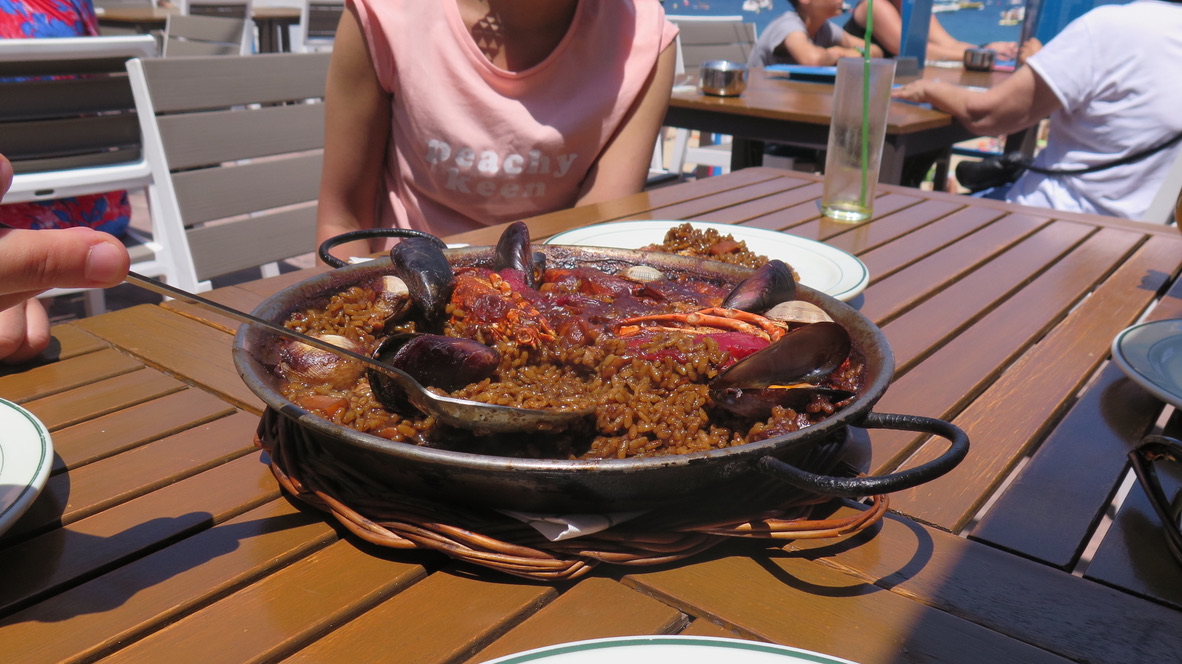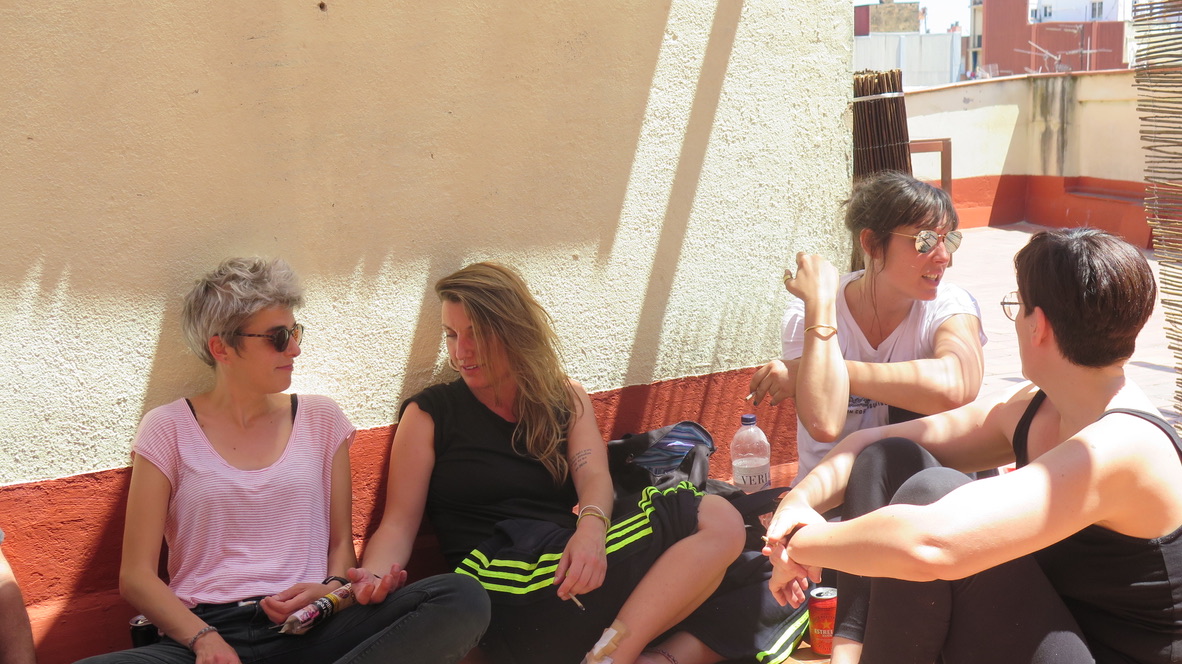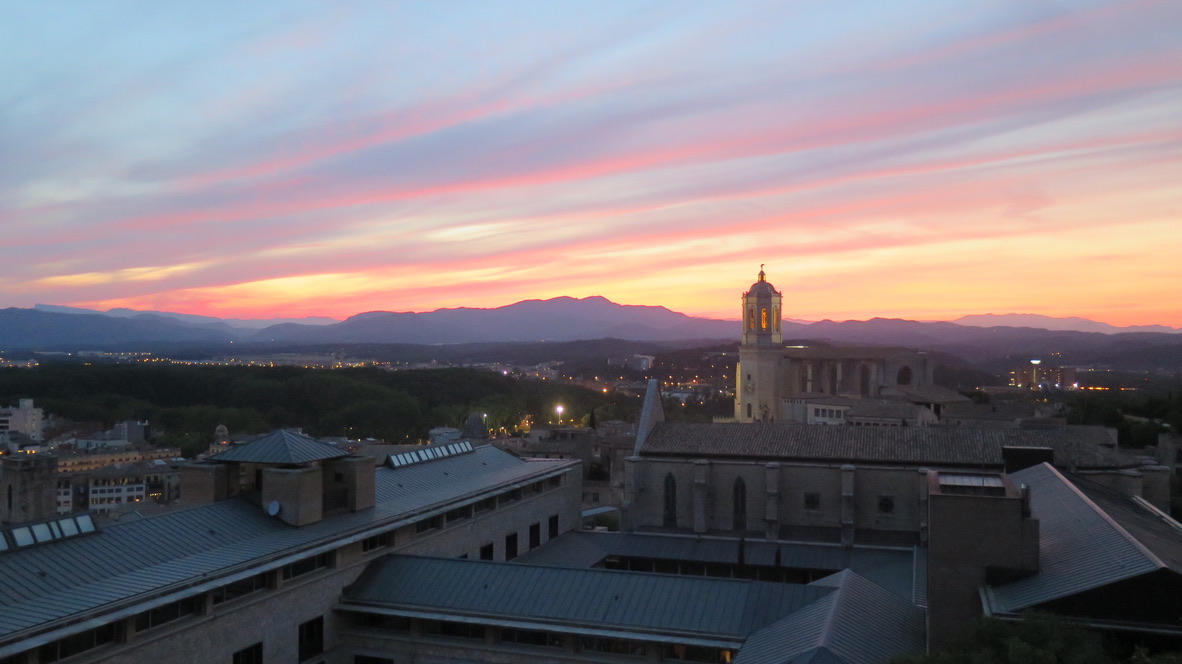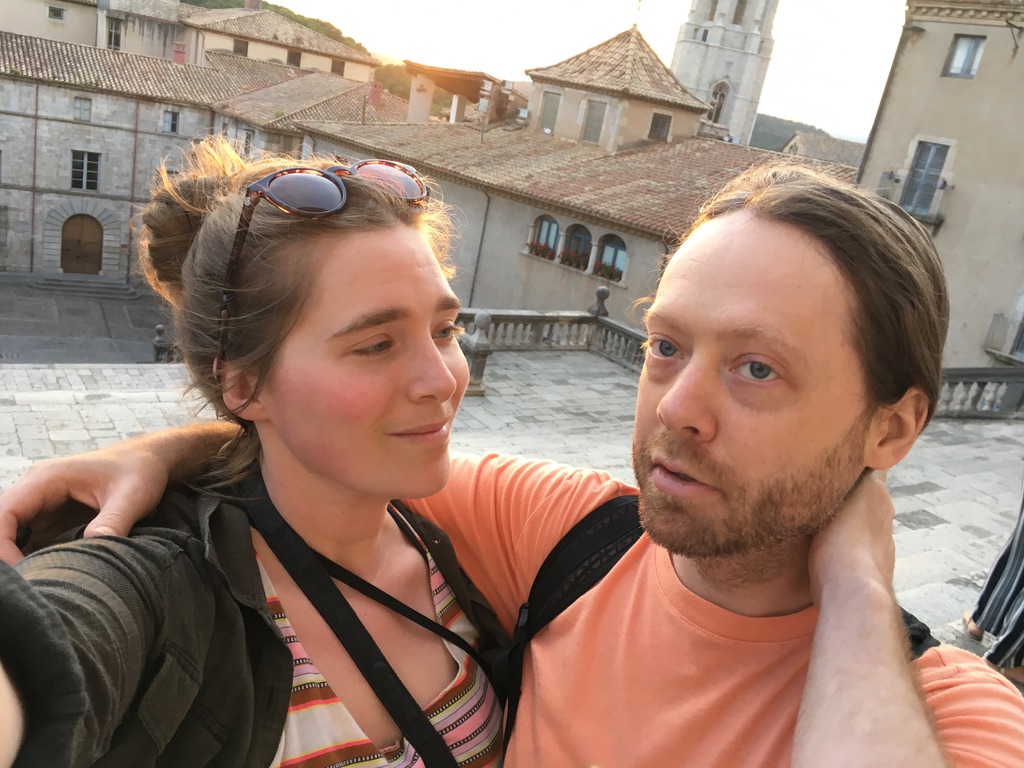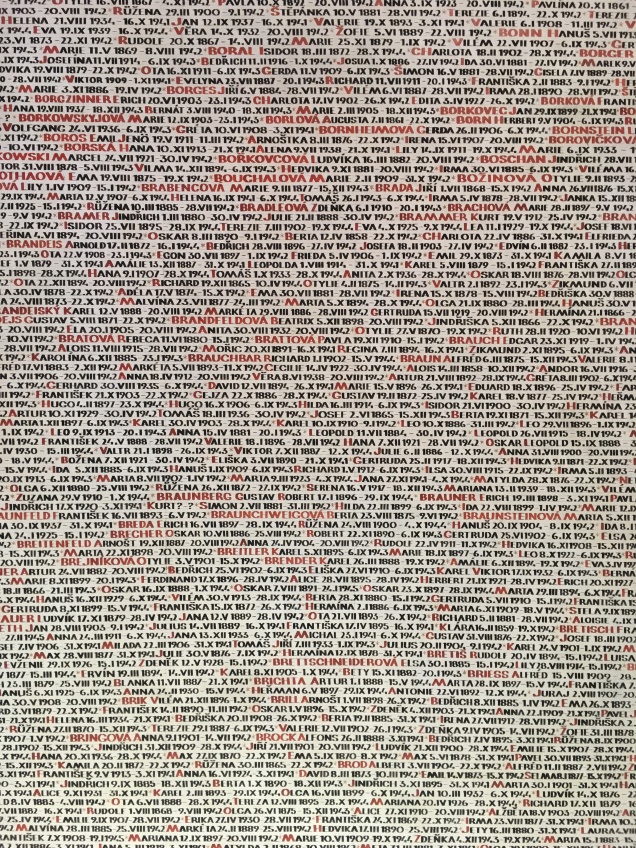
Hi all, long time no talk! I hope you are all well on this 2021 New Year’s Eve. It has been on my to-do list for a long time to write a blog post with life updates. Well here it is and I will keep it brief.

We Don’t Post As Often Here, But We Post Monthly At Coco Canary Consulting!
In 2020, I started an evaluation firm called Coco Canary Consulting (yes, it was after a COVID layoff!). We offer creative evaluation and equity services. If you have no idea what that means, then head on over to the Coco Canary website to learn more. Also, we publish a monthly newsletter, talking about business updates, personal updates, social justice calls to action, and more. As you can see, I don’t write here as often. My hope is to get back into it (since I have videos and stories to share from adventures local and afar), but my focus is on my business and social justice work at the moment.
A Photo Summary of 2020 – 2021
As everyone knows, the last 2 years have been COVID-19. Which means I have been laying low. To be honest, and acknowledging my privilege, the stillness was good for me—as I had recently been laid off from a toxic job where I was burnt out and I was still healing from the impacts of graduate school. I’ll share some choice photos from the last couple of years that highlight big life updates and the few adventures I took.
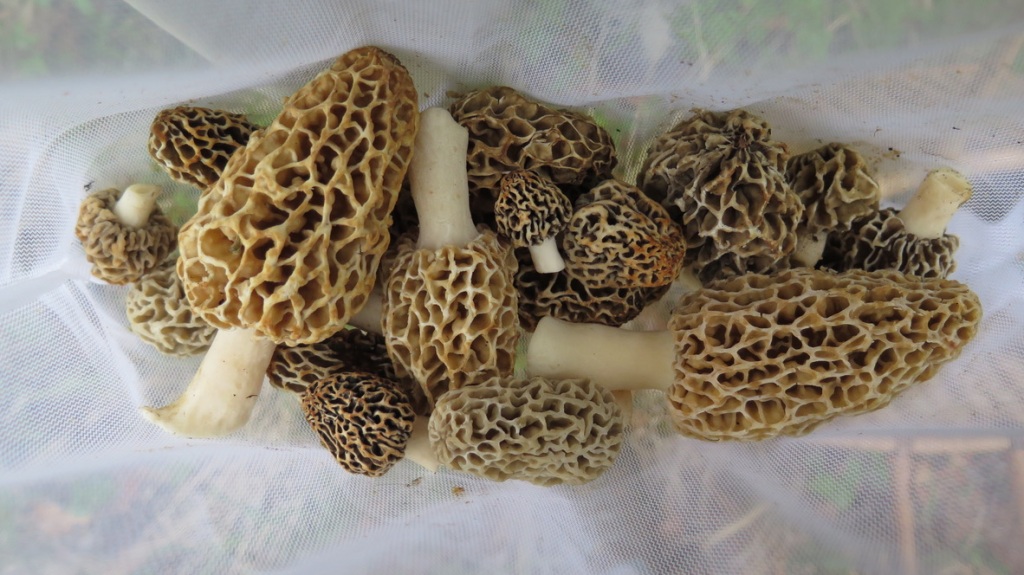
1. Morel Mushroom Hunting is Super COVID friendly! (Spring 2020)
My partner Mike and I still go Morel Mushroom hunting each spring (and foraging the rest of the summer). We actually took video because I have been meaning to make an informational video about Morel Mushroom hunting—since my Morel Mushroom Hunting In The Twin Cities article is one of my most top-read (still getting hundreds of views a year). I’ll get to it eventually! Until then, enjoy a photo of our bounty from one of our 2020 trips.
And, if you haven’t already, read about the George Floyd Demonstrations that occurred in Spring 2020 as well.
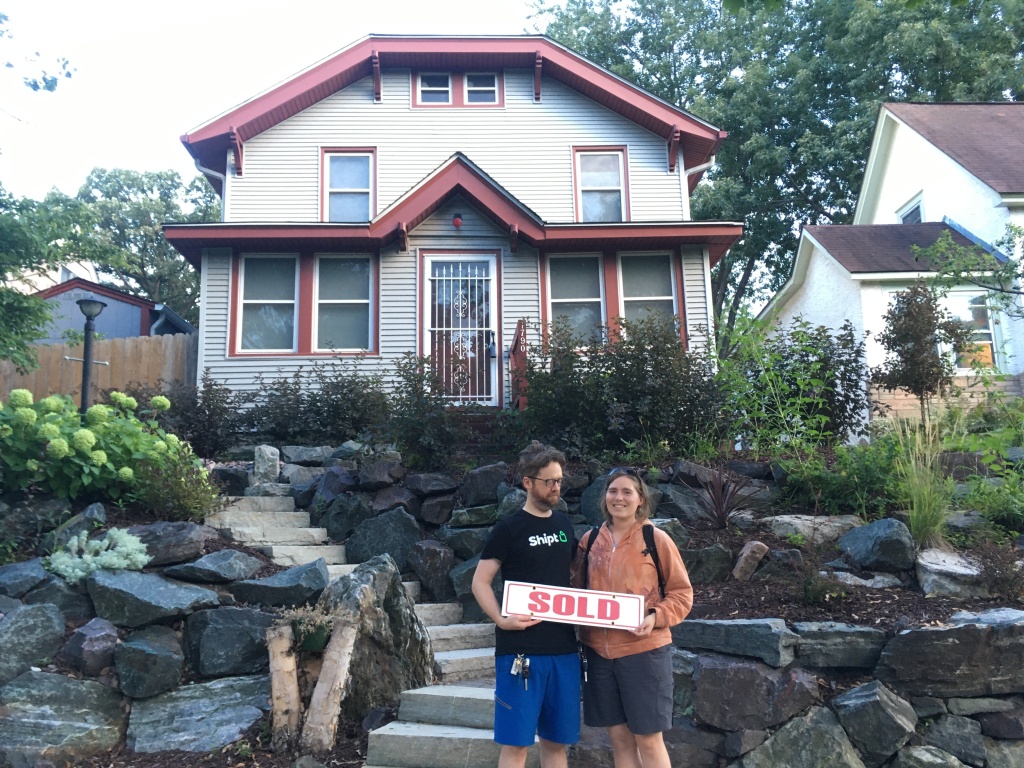
2. We Bought a House?!? (Fall 2020)
My partner Mike and I also bought a house in September 2020. This was VERY unexpected. Without the encouragement from family, some savings we had (thanks to COVID unemployment checks), LOW-interest rates, and having friends who wanted to rent from us, it likely wouldn’t have happened. Every day I feel thankful to live in an intentional living community in a cozy house in St. Paul, MN (the stolen lands of the Dakota people).

3. The Annual Winter Hike To Louisville Swamp (Winter 2020)
It seems every year I take a hike or snowshoe to Louisville Swamp with my friend Jim. This year was no different. There is something special about walking across the frozen lake, having lunch on the island, weaving through floodplain forests, and watching the sunset over the terraces of the Minnesota River Valley. To read more about our past trips, check out this post (a winter backcountry snowshoe in 2016) or this post (a summer walk in 2014).
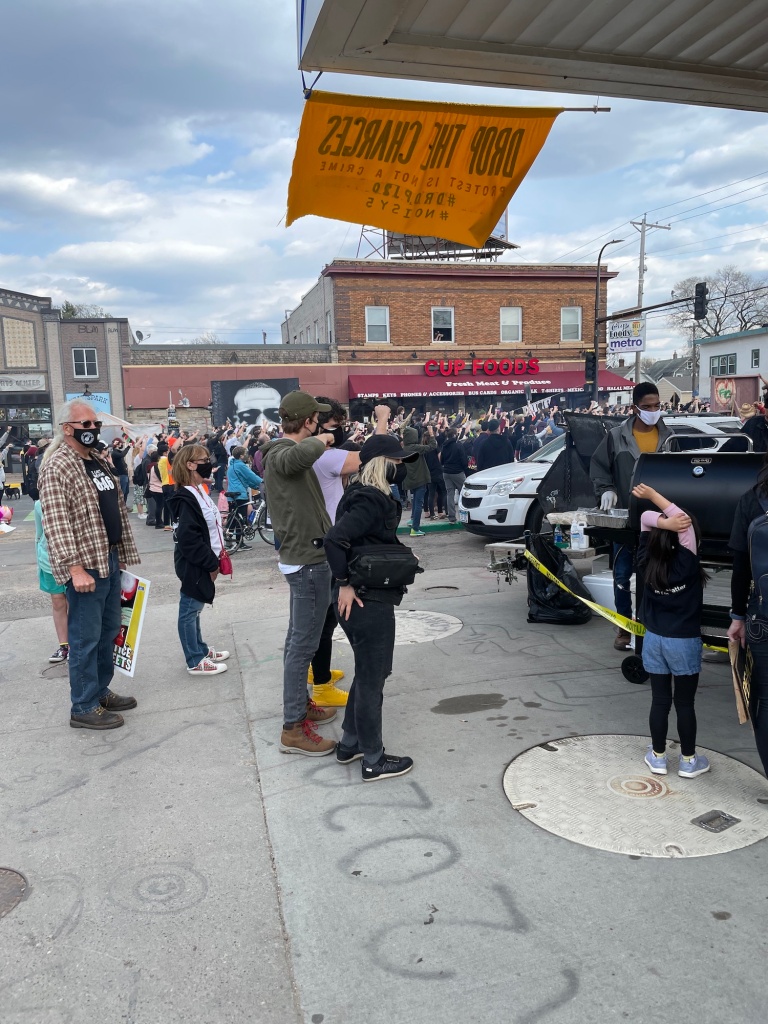
4. The Police Officer that Murdered George Floyd Was Found Guilty (Spring 2021)
April 2021 was a month of holding breath and sighing with relief. Even if the relief was brief because there is so much more that needs to be done, the guilty verdict for ex-officer Chauvin was a shining light that spring.
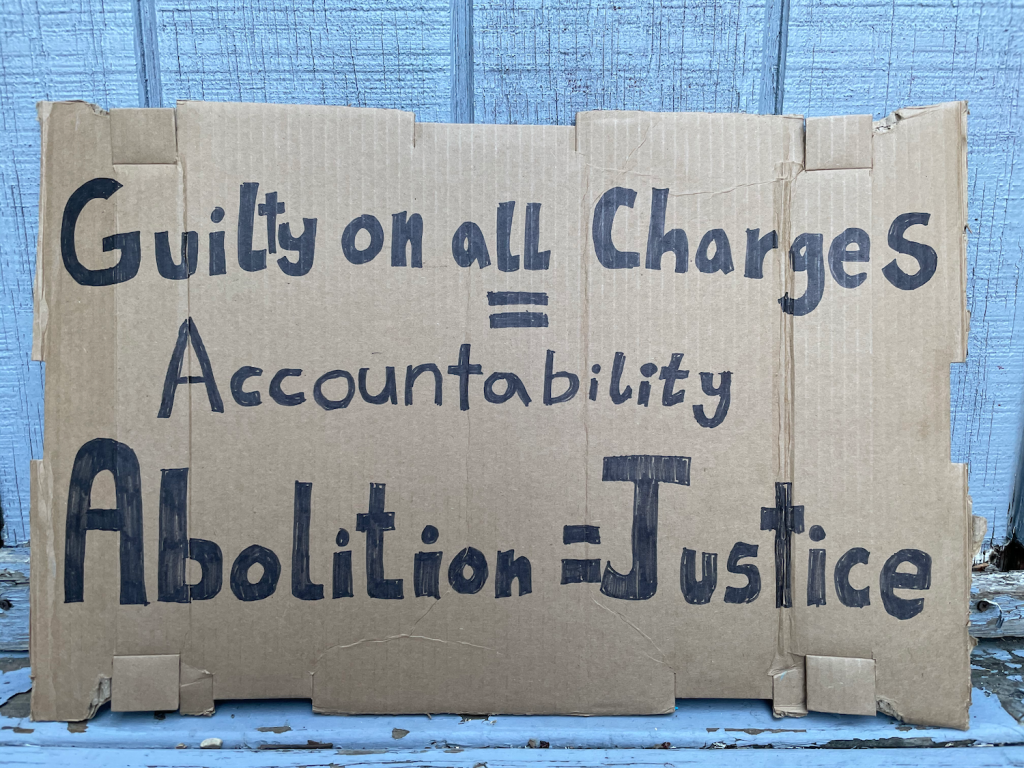
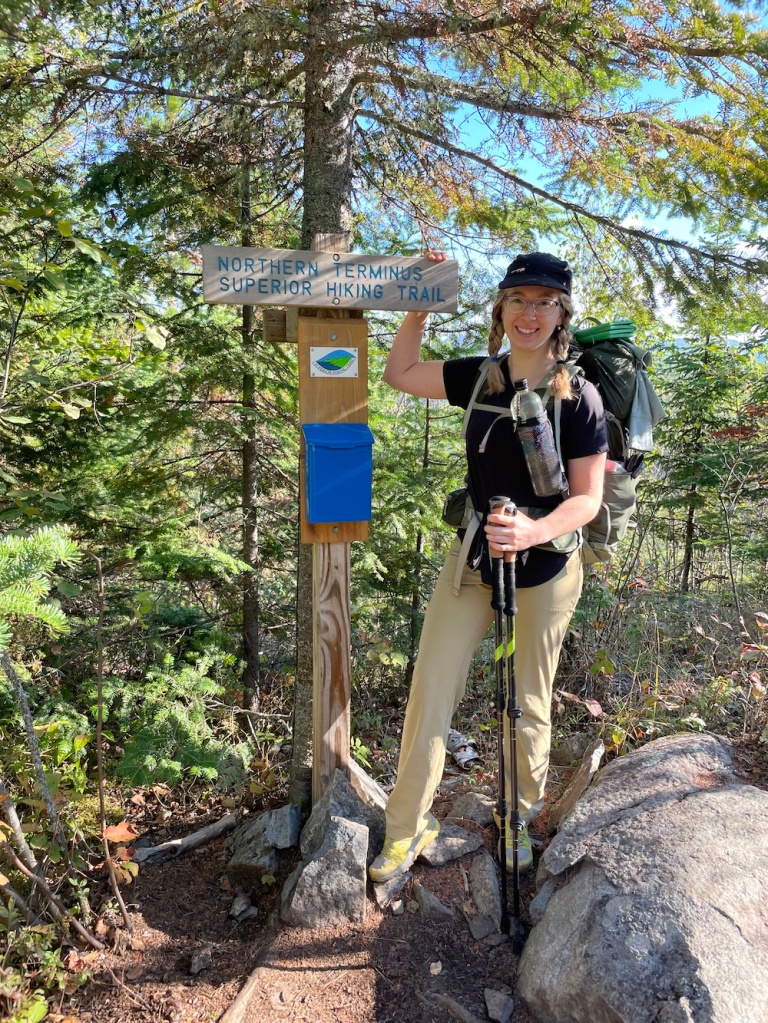
5. Finally Seeing the Northern Most Terminus of the Superior Hiking Trail (Fall 2021)
One of our friends and housemates, Allison, made it a goal to through-hike the Superior Hiking Trail. I was lucky enough to be the person to drop her off at the northern terminus and even camped with her for a little bit. The views from the northern terminus are AMAZING. I highly recommend taking the jaunt to see it. You look into the wilderness of Canada. There were a lot of lovely outdoor adventures I took this summer (and I found my first ever Lobster Mushroom!). But will have to save those stories for another time.
To read more about my past experiences on the Superior Hiking Trail, check out Hammock Camping on the SHT (one of my most viewed posts every year) and Hiking the SHT and Visiting Gooseberry Falls.

6. An Annual Holiday Cartoon Sent To Dozens of Friends and Family (Winter 2021)
Every year I draw a cartoon that depicts a memory or feeling (real yet fictionalized). This year, I drew an image of my friend Franco and me walking with sleds, likely talking about food or something “TMI” or both. Each year, the card builds off the card prior (and even the landscape stays the same. For example, the hill in the back was in a previous card where I was stargazing on it). Perhaps one of these days, I’ll get them organized somewhere so folks can look at them. Until then, enjoy this piece of art.
Thanks for reading and I wish you all good health and light for the next year. If you are interested in getting in touch, it is best to contact me at my business email: moconnor (at) cococanary.com
Much love,
-Molly

Hello all,
As many of you have likely heard, there has been rioting in Minneapolis and St. Paul, Minnesota. You have also probably heard why these riots are taking place. On Memorial Day, May 25th, 2020, the Minneapolis Police murdered an unarmed black man. His name was George Floyd.

Graffiti of George Floyd’s face on the wall of a building in St. Paul, MN
They handcuffed him, laid him down on his stomach, and then held him down with their full body weight. One officer put his knee on his neck, which restricted his air pathway. George repeatedly told the officer, “I can’t breathe,” and witnesses begged the officer to release his chokehold. But, the officer did not listen. Suffocated by the police, George died in the middle of the street with dozens of witnesses. Since that day, thousands of people have come together in the form of demonstrations to demand justice. They wanted the police officers arrested for their crimes. They wanted political leaders to de-militarize and initiative police reform. Many want to abolish the police as a whole. When nothing was done, riots broke out, looting commenced, and buildings burned. These riots are now on the world stage and have inspired demonstrations all over the nation. Let’s hope this noise creates change. I am not a supporter of violence, and I do hope the riots and burnings stop, but I hope the conversations about racial inequity and police reform continue. And if it feels like the momentum is dying out, we have to keep this conversation going. We have to keep this conversation on the political stage.
I’m sure many of you (especially my Caucasian friends and colleagues) are wondering what we should be doing right now. I wonder this every minute. Of course, protests and demonstrations are happening every day, day and night, that we could attend, but in this era of COVID-19, attending may do more harm than good. During the first nights of demonstrations, local organizers requested that people not come from other neighborhoods. This was in hopes of reducing the spread and further potential harm of their already hurting communities. Instead, they requested for allies to demonstrate in their neighborhoods, which is what I did on the first day. I’ve also helped clean up the streets post-riot (see video below for footage from the clean-up).

Me leading a micro protest in St. Paul. May 26th, 2020.
But then what should we do the next day? And the next? What about for the white folks who don’t live in Minnesota? What about the people who live in different countries? Honestly, from what I have read and heard from my colleagues is that we need to do three things. First, we need to listen. Even if you think you know the mechanics of systematic racism and the fundamentally racist institutions on this already stolen land, you have to keep listening. We can never truly understand what our friends of color are going through and, as with everything, we can always go deeper. Be curious, keep listening, and never stop learning. Build your awareness and build your knowledge. Do this by attending local racial justice meetings, reading books written by black authors, listening to podcasts hosted by people of color (POCs), and watching documentaries filmed from the black perspective (13th is a good one on Netflix). If you haven’t already come to terms with it, make sure you understand that racism exists, and it is, most definitely, our problem.
Second, don’t be silent. Use your white privilege to share your knowledge with your family, friends, and communities sitting in silence while police and white supremacists are murdering black people. Take a breath, and have those uncomfortable conversations. Understand that with each conversation, your message is reaching communities that aren’t usually listening. Prepare yourself for how to have these types of conversations and learn the terminology you’ll need to know when people try to deflect or get defensive. For example, when talking about white privilege, acknowledge that, yes, white people, as well as all other people, go through hardship. Life, inevitably, comes with painful experiences. But, the difference is that white people’s hardship is solely hardship. In contrast, a POC’s hardship is compounded by so many more factors (systematic racism, fewer years to have the right to vote, slavery as apart of their history, and so much more).
Third, support equity issues either by donating money, donating time, or voting. In this political climate, we need to have the right leaders in power for any change to be made. Vote for POC politicians, or if there aren’t any on the ballot, vote for a candidate who promotes equity and equality. Voting for these leaders is the number one priority. If you are interested in getting people to vote, consider donating your time and energy with Vote Forwards‘ Get Out The Vote letter-writing campaign! I have written over 200 letters in the last four months to left-leaning voters who either didn’t vote in the previous election or recently moved. It’s a fantastic, researched-based cause.
If you want to step further and get involved with organizations promoting equity, consider donating time or money. There are thousands of organizations that are doing awe-inspiring work following the common good. Some of which are most likely in your community. Here in the Twin Cities, consider donating to these two organizations:

Reclaim the Block protestors at a meeting – http://www.citypages.com/news/minneapolis-police-department-budget-cut-by-1m-to-fund-public-safety-programs-instead/501824851
“Reclaim the Block began in 2018 and organizes Minneapolis community and city council members to move money from the police department into other areas of the city’s budget that truly promote community health and safety. We believe health, safety and resiliency exist without police of any kind. We organize around policies that strengthen community-led safety initiatives and reduce reliance on police departments. We do not believe that increased regulation of or public engagement with the police will lead to safer communities, as community testimony and documented police conduct suggest otherwise.” – Reclaimtheblock.org

MPD 150 logo – https://www.mpd150.com/
2. MPD150
“The goal of this initiative is to shift the discussion of police violence in Minneapolis from one of procedural reforms to one of meaningful structural change. We will achieve this by presenting a practical pathway for the dismantling of the Minneapolis Police Department; the transference of its social service functions to community-based agencies and organizations; the replacement of its emergency intervention functions with models not based on military methods; and the redirection of resources to support community resilience and people-directed development.” – MPD150.com
Below are two more organizations that are trying to make the world a more equitable place. They use their collective knowledge to promote equitable policy-change and give voice to the marginalized communities that need it most right now.
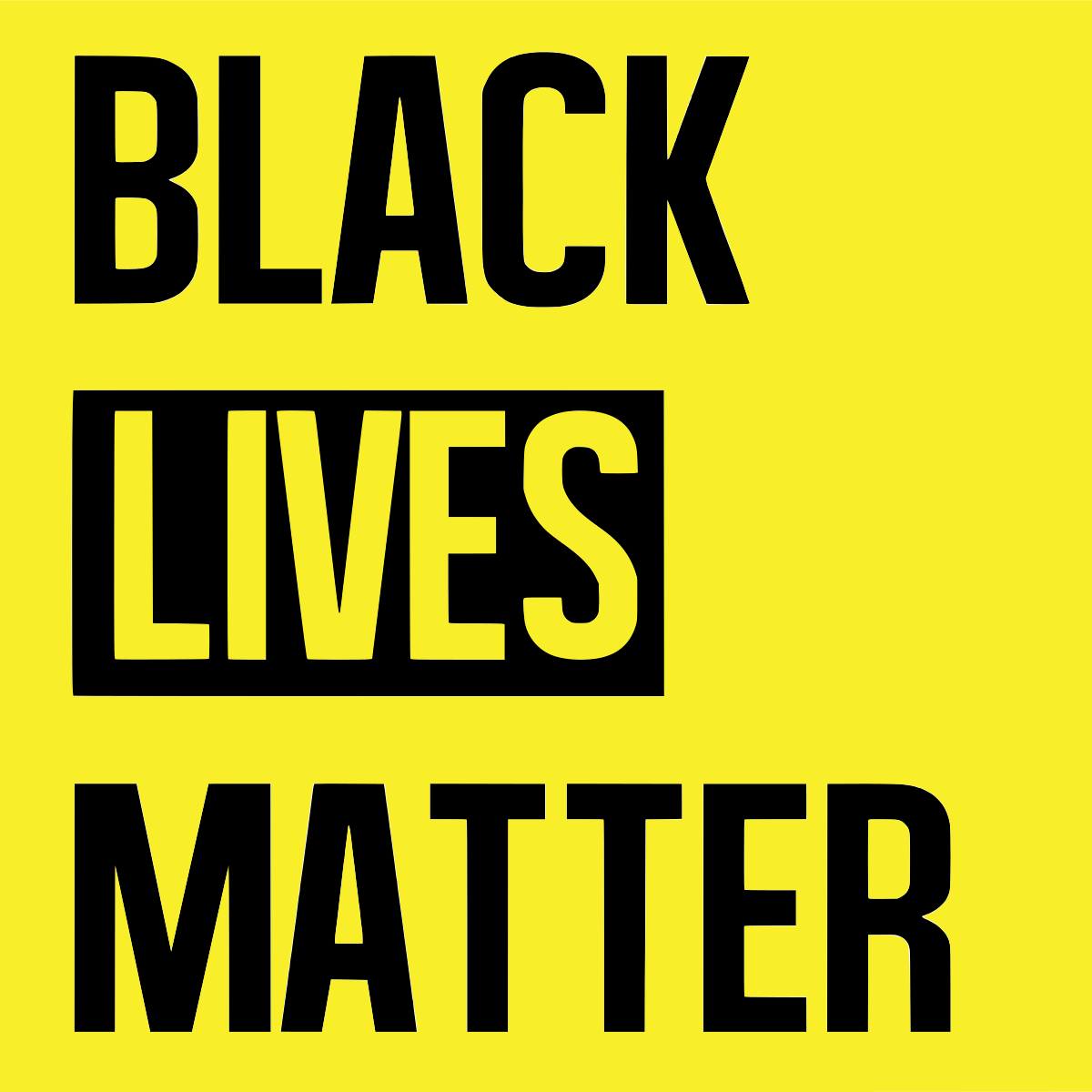
Black Lives Matter logo – https://en.wikipedia.org/wiki/Black_Lives_Matter
“Founded in 2013 in response to the acquittal of Trayvon Martin’s murderer, the Black Lives Matter Foundation, Inc is a global organization in the US, UK, and Canada, whose mission is to eradicate white supremacy and build local power to intervene in violence inflicted on Black communities by the state and vigilantes. By combating and countering acts of violence, creating space for Black imagination and innovation, and centering Black joy, we are winning immediate improvements in our lives.” – blacklivesmatter.org
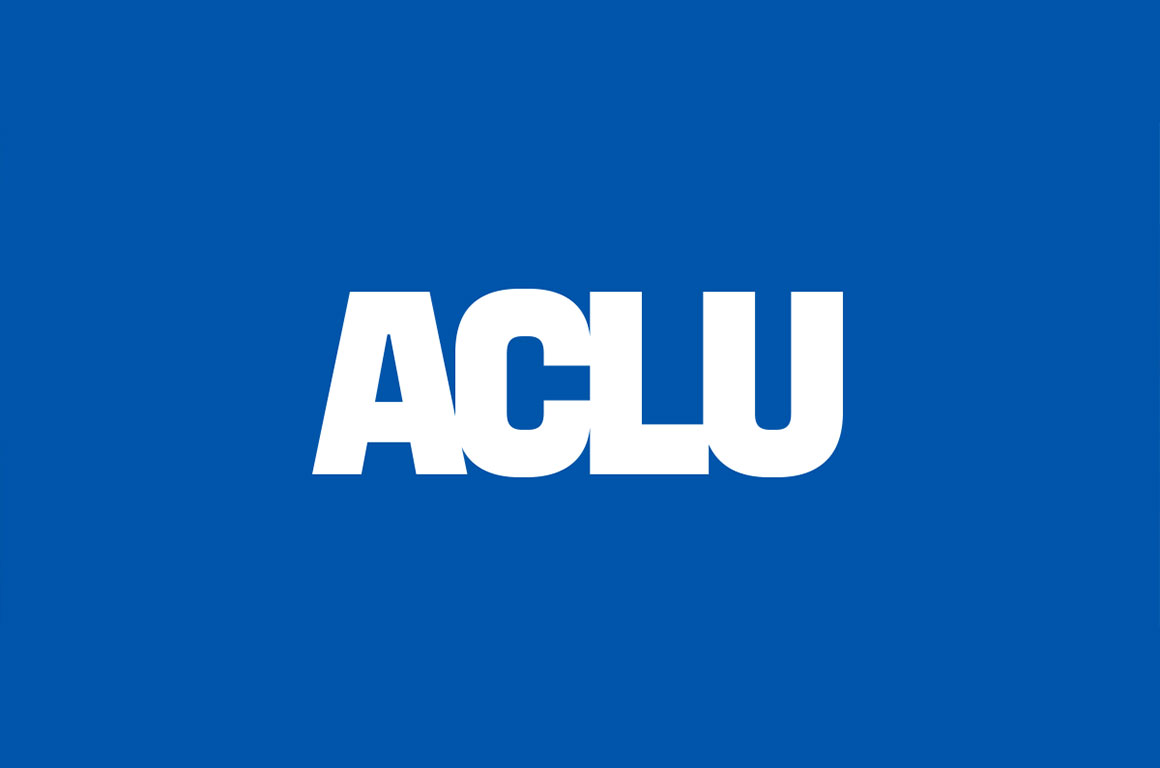
ACLU logo – https://www.aclu.org/
4. American Civil Liberties Union (ACLU):
“Our critical work is to protect voting rights, demand that vulnerable people in prisons, jails and immigration detention centers be released, and fight to ensure reproductive health care remains open and accessible to all who need it. Now more than ever, we the people means all of us.” – aclu.org
Please consider donating to these causes. If you don’t have money to give, consider donating your time. If you don’t live in Minnesota, I’m sure organizations in your states or regions need volunteers for their fundraising and marketing campaigns! There are so many more than just these four organizations. Please feel free to leave a comment below with more of the organizations focusing on equity causes that we should be donating our money and time to.
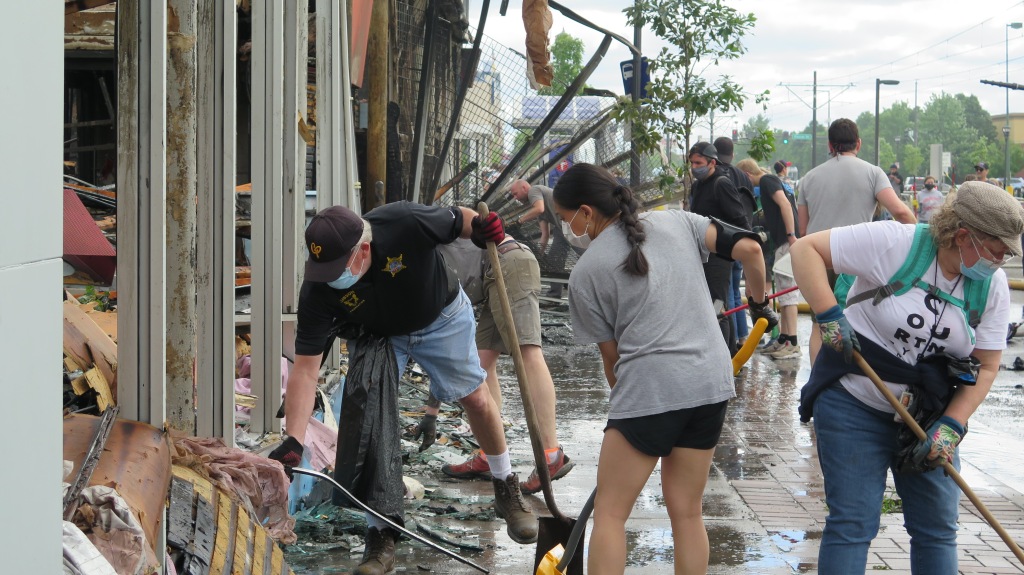
An image of community members cleaning up the debris broken glass and burnt down buildings in St. Paul, MN
Finally, below is the link to the video footage I mentioned earlier in this post. On May 29th, 2020, hundreds of community members came together to clean up the streets in both Minneapolis and St. Paul. This footage shows the aftermath of the violent riots in St. Paul, the night of May 28th, 2020.
Thank you for reading. Be well and be safe.
-Molly

Hello friends,
Long-time no blog post! A LOT has happened since I last wrote about Madeline Island. Let me update you with a few BIG life updates.

IT’S OFFICIAL, I AM A MASTER OF SCIENCE
After two years of taking classes, conducting research, and writing tirelessly, I am officially a University of Minnesota master’s graduate. If you didn’t know, I was in the Natural Resource Science & Management (NRSM) Program studying Environmental Education and Program Evaluation. My research was conducted at the Bell Museum, Minnesota’s Natural History Museum (and my workplace). I studied visitor awareness-making and meaning-making. If you want to learn more about what I did for the last two years, you can find my thesis published online at ProQuest. If you don’t have the permissions to use ProQuest, then that’s okay. I’ll include a link to the PDF below. Honestly, the ProQuest version has a couple typos. So, best to use my updated copy anyway! You can find my monster of a thesis here: Does Awareness-Making Elicit Meaning-Making in Bell Museum Visitors? A Mixed-Methods Study of a Natural History Moose Exhibit
To be completely real with you all, graduate school had some really lovely ups, but it also had some tremendous downs. As with obtaining any kind of college degree, it is no small feat, and mine was no exception. Taking classes, working as a teaching assistant or research assistant to waive tuition costs, conducting research, writing my thesis, and working part-time as an educator at both the Bell Museum and at L.L.Bean made these last two years unbelievably hectic. I am relieved to be done with school, but there are times when I kind of miss it too. Below are some of my best memories of graduate school:
- Taking long walks on the beautiful St. Paul Campus. Especially through the agricultural fields to the horse barn.
- Being surrounded by people who are passionate about research. I kind of miss hearing people in the hallway excitedly talk about their field season and how data collection was going well.
- Building a community within my graduate program and making some life-long friends (Go NRAGS!)
- Having a desk by a window, which had a lamp that was hand-painted by my Mom and brother. Working late nights were rough, but having that lamp cheered me up.
- Lining up during graduation, cheering for friends, and finally getting that degree. My friends and family were there to cheer me on too, which warmed my heart.
If you are interested in going to graduate school, please don’t hesitate to reach out to me with questions. ESPECIALLY if you want to apply for the NRSM program.
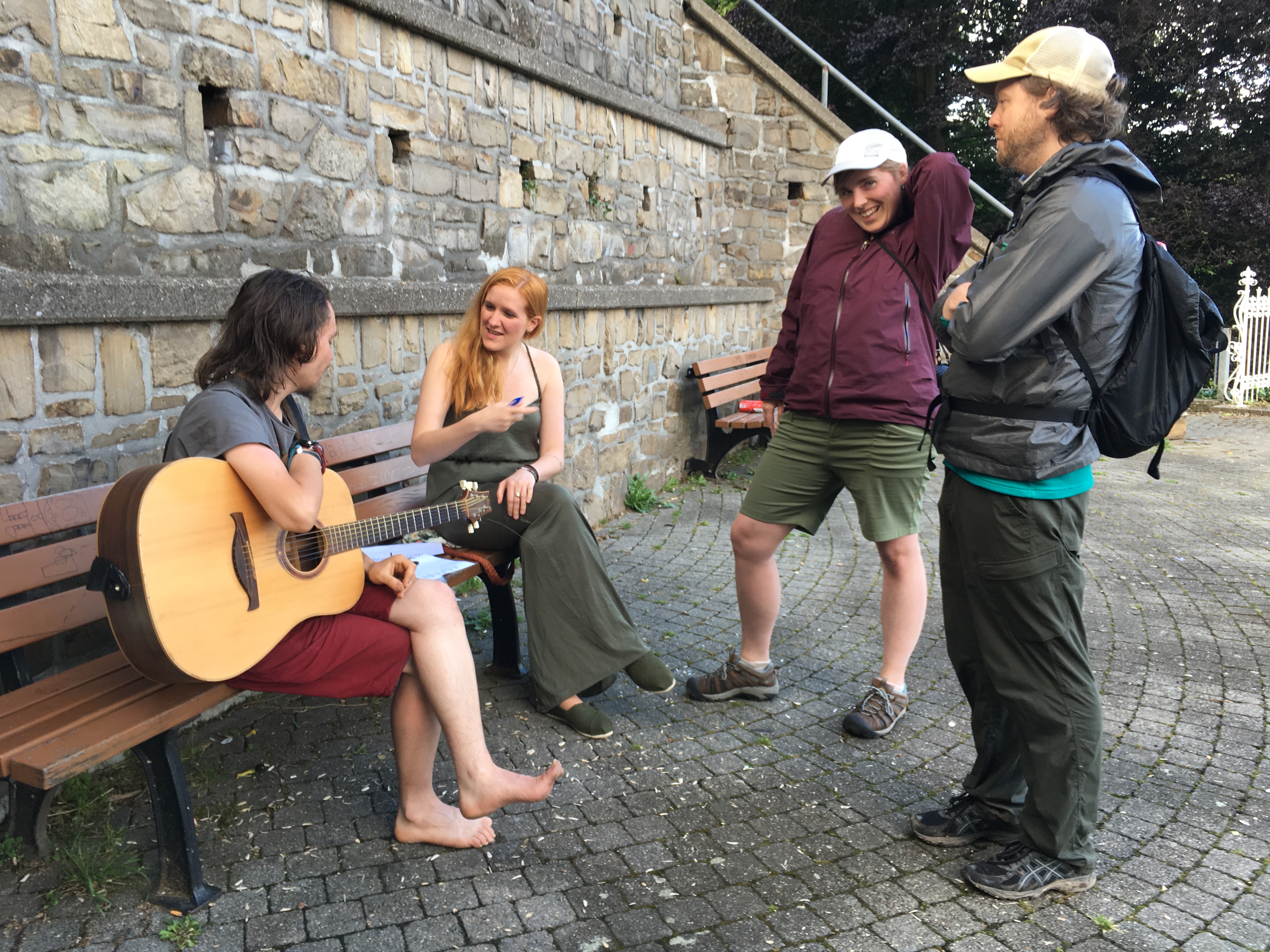
EUROPE TRIP 2019 – WITH MICHAEL: A SUMMARY
Less than a week after I submitted my thesis to the University of Minnesota, Mike and I were on a plane to Barcelona, Spain. It was a bit of a whirlwind trip. We traveled to five countries in two weeks!
Barcelona (Spain) –> Begur (Spain) –> Girona (Spain) –> Lyon (France) –> High Fens Natural Park (Belgium) –> Aachen (Germany) –> Utrecht (Netherlands)
Even though the trip was short, we had some amazing moments. We visited cool tourist sites, spent time in nature, and got to catch up with good friends. I plan to write individual blog posts about each country, but for now, I’ll sum up some of the best parts.
- Staying with Mike’s Spanish friend, Kons, and joining her to a Queer Women Voices Conference. It was our first night in Europe, and listening to amazing musicians was a great way to start the trip.
- Hiking along Costa Brava to a secluded beach and swimming in the Mediterranian Sea just outside of Begur, Spain.
- Watching the sunset over the Pyrenees Mountains in Girona, Spain.
- Picnicking in a park and meeting with Michael’s climbing friends for dinner in Lyon, France
- Camping and spending time with my dear friend, Irina, just outside of Belgium’s High Fens Natural Park.
- Getting a local tour of Aachen (Germany), eating delicious German food, and drinking beer with Irina and her friends.
- Biking through the Netherlands ‘ countryside and swimming in a man-made lake.
- Attending a friend’s wedding in Utrecht and wearing a fabulous green dress
SPOILER ALERT: Mike and I took footage of our trip, and I’m making a short film. I will hopefully have it done soon!

COCO CANARY – A MINNEAPOLIS-BASED INDIE BAND
Some of you may not know, but I’m in a band! My friend, Matthew Hope—a very talented singer, songwriter, and guitarist—and I started it almost two years ago. We call our band Coco Canary. Nearly a decade ago, Matt was knee-deep in the indie music business. He was playing all around town, and his music was even played on the local radio station, The Current. Unfortunately, due to unexpected life events, he had to step away from the music scene
Fast forward to two years ago. My friend, Jim, invited Matt to one of my Halloween parties. I asked folks to bring instruments to the party because I had planned for there to be a big jam session. Near the end of the night, all my friends and I got into a circle and started to jam. After a few songs, Matt offered to play some tunes. When he began to play, I was impressed, and I really enjoyed his music style. A couple days after the party, Mike and I were chatting over breakfast. He mentioned that he thought Matt and I would jive well musically and that we should try to jam with him again—and, to be completely honest, Mike had the hope that Matt and I would make a killer children’s album!
It was about a week later when Mike and I were in Matt’s living room. We chatted a bit, and Mike even brought up the children’s album idea. Matt was intrigued and asked me to play a tune. I started off the jam with playing Somewhere Over the Rainbow by Israel Kamakawiwo’ole with my ukulele. When I was finished, the first thing that Matt said was, “Molly, do you want to make a million bucks with me?” And the rest is history!

Coco Canary opening for Union Shakedown and Papa Bleu & The Fistbump Congress at the Seward Cafe
If you want to hear some of our music, then you can either go to my blog’s NEW Music page or to our band’s SoundCloud webpage. I’ll also include the tracks below.
We have two tracks recorded at the moment. The first track is called Leave The Life You Know and is a Matthew Hope original. It tells a bittersweet tale about the difficulties of leaving home. This was recorded by Mike in his home studio.
The second one is called Black Tea Nights, and it’s also a Matthew Hope original. It is about living in the city and how one spends their time during those lonely nights. The recording below is a rough take and was recorded on my iPhone.
Leave The Life You Know
Black Tea Nights
I’ll keep in touch. Look for more posts about Europe and updates about Coco Canary!
Much love,
-Molly

Hello friends,
It has been a while since I last wrote and a lot has happened since my encounter with an outlaw on the St. Croix River last summer. Since then, my friends and I did our annual cabin trip to Wisconsin, my brother and I harvested morel mushrooms, my boyfriend and I went camping up on the North Shore, and many more fun things. Most importantly though, I completed my first and second semesters of graduate school, and am now working two jobs: (1) as a graduate research assistant for the Center for Urban and Regional Affairs (CURA) and (2) as an interpretive guide for The Bell Museum, the Natural History Museum of Minnesota. It has been quite the summer!
Regarding my blog writing hiatus, it is a result of writing A LOT for graduate school. In my first semester, I wrote a 60-page annotated bibliography—most of which were single-spaced—and in my second semester, I wrote a 50-page program evaluation report, a 30-page qualitative study report, and co-wrote a 120-page portfolio for a conflict management class. This is why I have not written in my blog for a long while. Overall, the graduate student experience has been great—I even aced all my classes—though it has had its ups and downs. It is safe to say that graduate school is not for the faint of heart. Perhaps one of these days, I’ll write about my experiences in graduate school, but for now, let’s focus on a trip I did last Fall with two wonderful ladies.
Madeline Island: Ferry Rides, Fall Colors, and Big Bay State Park
Well, let’s talk about something fun I did during the Fall of 2017. Luckily, while in school, my schedule is pretty flexible. Flexible enough to take a long weekend to join two other awesome ladies to Madeline Island, Wisconsin.
 Photo: This is a shot from the ferry ride. We had arrived just as the sun was setting.
Photo: This is a shot from the ferry ride. We had arrived just as the sun was setting.
My friends, Nina and Sarah, and I had made plans to go to Madeline Island and Sarah, the teacher that she is, chose MEA weekend (a holiday for teachers). Sarah drove, Nina set-up the accommodations (Airbnb), and I bought the food. We left in the afternoon on Friday and started our 6-hour drive (including the ferry ride) from downtown St. Paul. The Twin Cities were in peak fall color, so as we drove up north the colors looked fantastic. The further we drove, the more bare trees there were, but fortunately that October had stayed mostly dry. As a result, there were many oaks, birch/aspen, and maple leaves that left bursts of orange, yellow, and red to guide us north.
 Photo: Nina, Me, and Sarah. This was before getting on the ferry in Bayfield, WI.
Photo: Nina, Me, and Sarah. This was before getting on the ferry in Bayfield, WI.
When we arrived in Bayfield, WI (where the Madeline Island Ferry resides), it was near sunset. And, as seen in the photo above, the sunset was beautiful as we crossed the small section of Lake Superior separating Wisconsin mainland to La Pointe on Madeline Island. Watching the sunset and feeling the crisp wind blowing through my hair was rejuvenating after such a long car ride. When I closed my eyes, it felt like being in San Francisco again when crossing the bay to reach Sausalito.
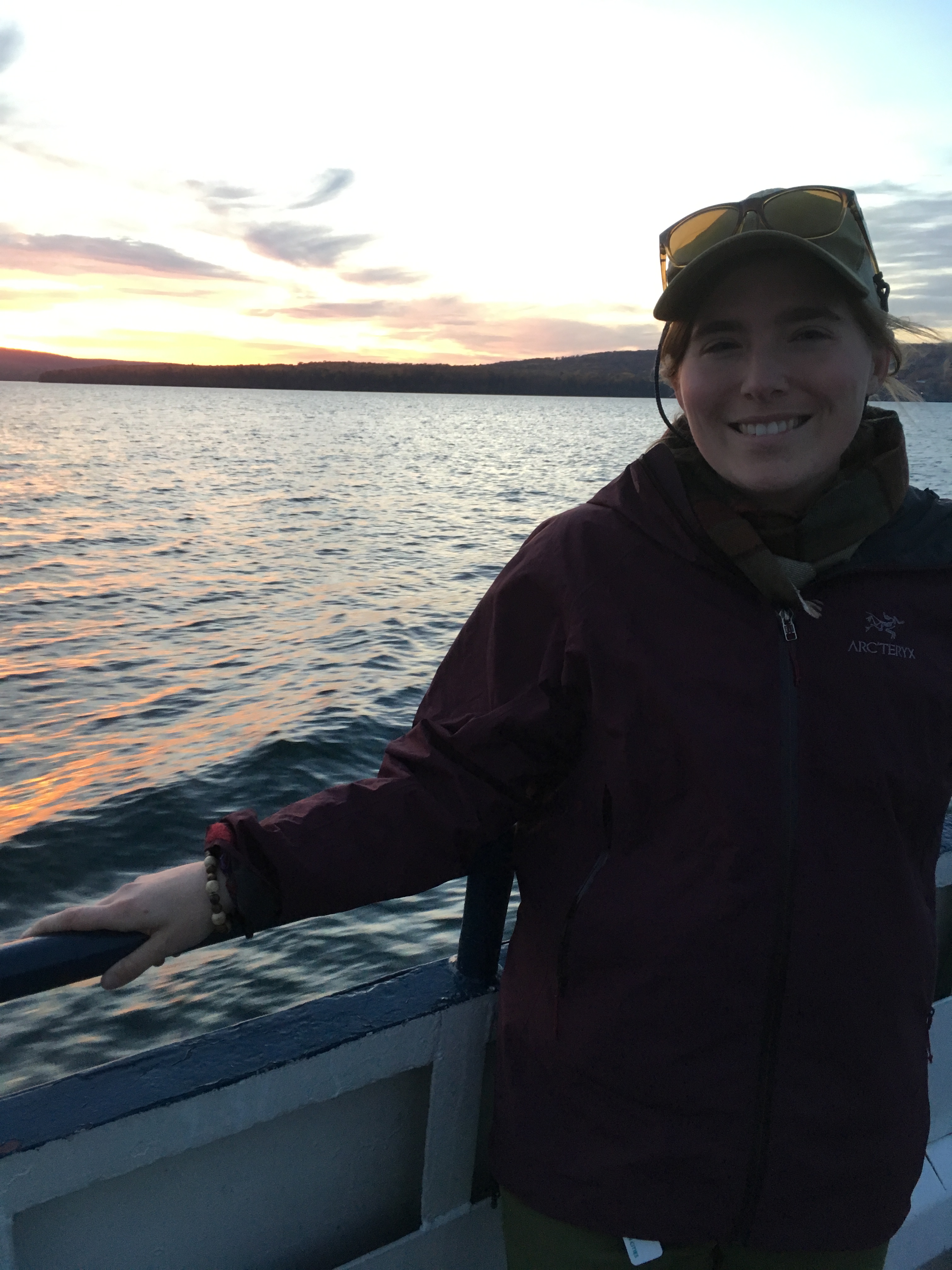 Photo: Me posing on the ferry with the sunset in the background
Photo: Me posing on the ferry with the sunset in the background
We arrived at La Pointe at sundown and from the ferry landing, we were able to walk to our Airbnb in 5-minutes flat. We saw a restaurant, Cafe Seiche, on our way there and decided to treat ourselves to a nice meal. After our meal, we walked up Chebomnicon Rd towards our Airbnb and saw a building glowing in purple and blue in the distance. As we got closer, it was evident it wasn’t a “building,” but more of a “built out of whatever someone could find” structure. The sign entrance said it was called Tom’s Burned Down Cafe. We walked in and found a handful of folks enjoying the brisk evening with beers and wine in hand. I first explored the structure and then I found a fireplace with a stoked fire. I sat on a barrel placed in front of it and let the warmth warm my body. Eventually, I laid down on a nearby board, while Nina and Sarah were chatting nearby, enjoying my quiet time under the structure’s glowing blue-purple light.
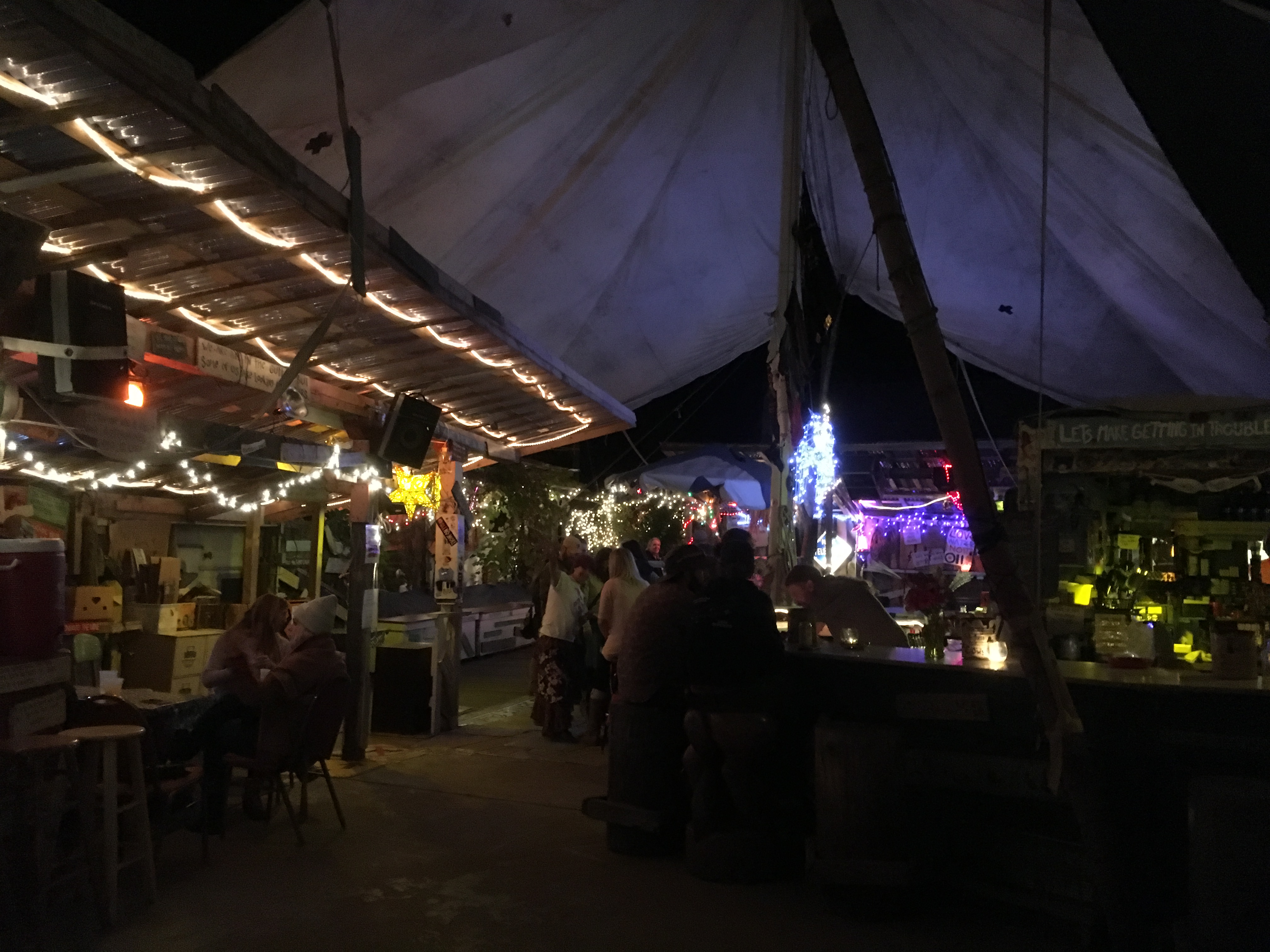 Photo: Tom’s Burned Down Cafe
Photo: Tom’s Burned Down Cafe
The following morning, I was the first awake. I had slept on the couch in the living area and enjoyed the relaxing sounds of Lake Superior’s waves crashing into the not-so-distant shore. When getting up, I realized you could see the Lake Superior shore from our window. Knowing this, I made a pot of coffee, poured myself a cup, and then sat by the window watching and listening to the crashing waves. I could also see folks below preparing for a farmer’s market.
 Photo: Sarah and Nina looking out to Big Bay Lagoon that connects to Big Bay State Park.
Photo: Sarah and Nina looking out to Big Bay Lagoon that connects to Big Bay State Park.
After everyone awoke and had eaten, we decided to go to the nearby Big Bay State Park. We agreed to enter the state park via the Big Bay Sand Pit and Bog Natural Area. There were no parking fees and you also got fantastic views of Lake Superior as you walked into the state park’s boundary.
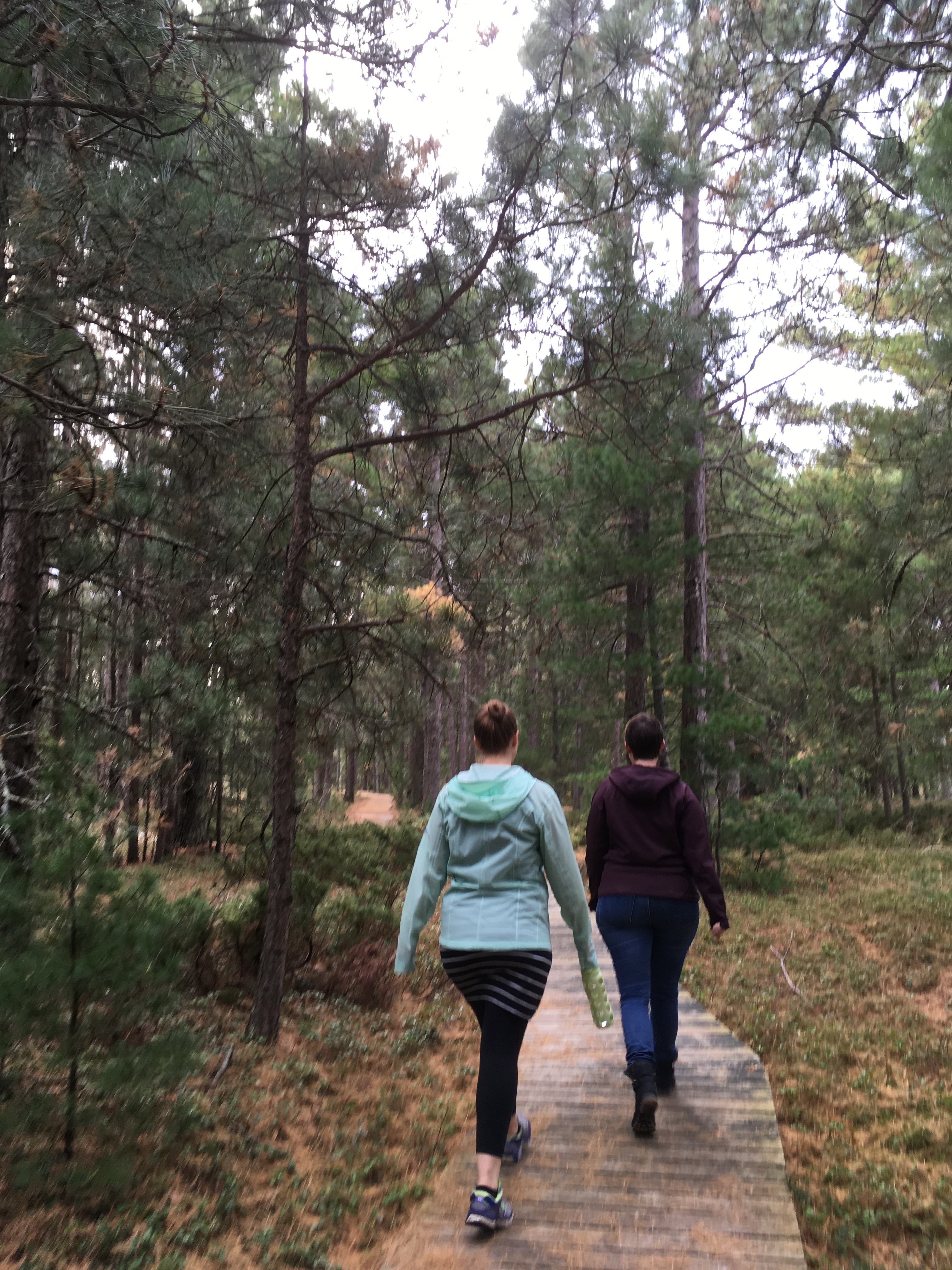 Photo: Sarah and Nina walking on the boardwalk towards the Big Bay State Park boundary
Photo: Sarah and Nina walking on the boardwalk towards the Big Bay State Park boundary
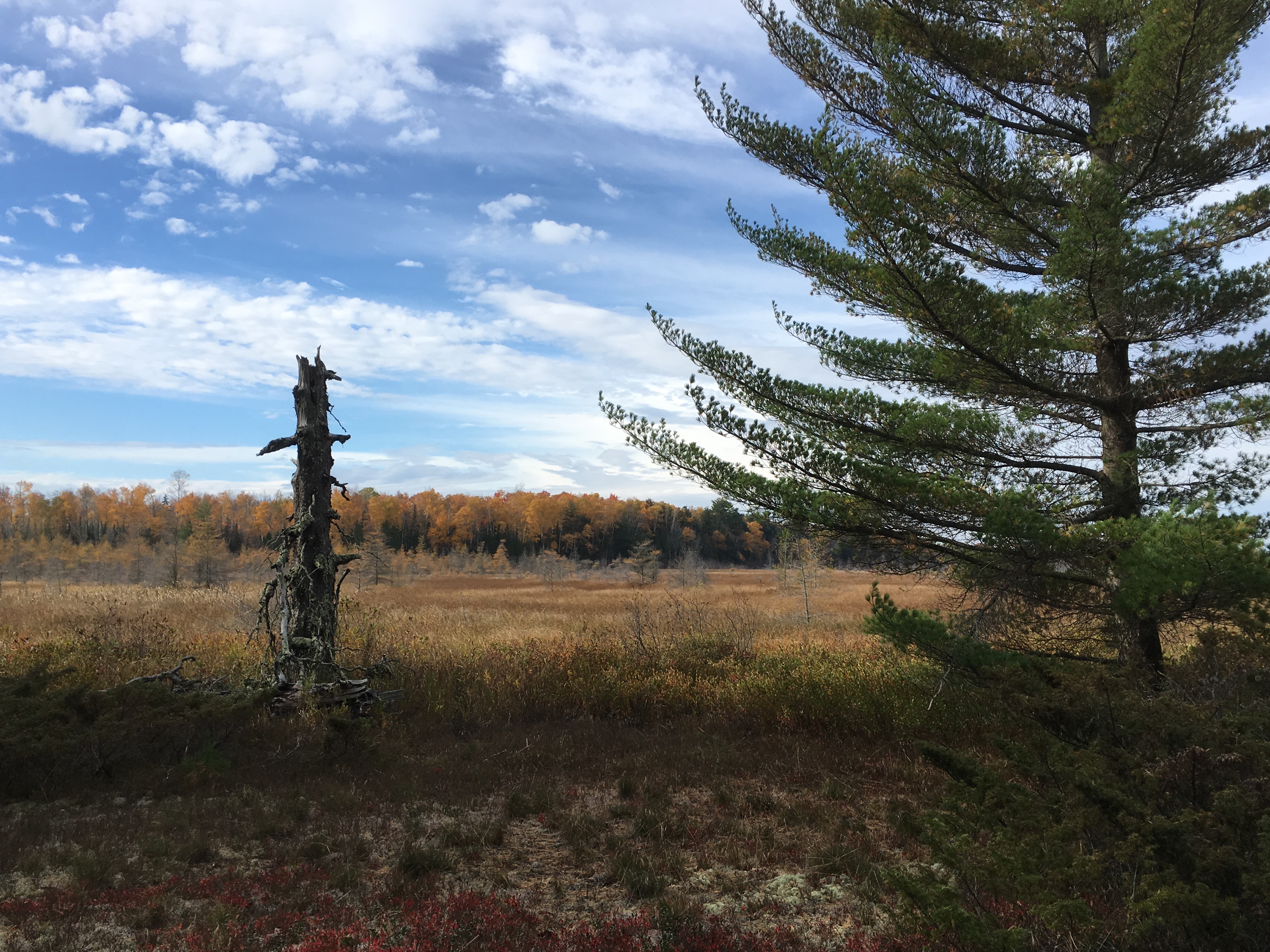
Photo: A view of Big Bay Lagoon Photo: Sarah and Nina walking along Lake Superior Shore
Photo: Sarah and Nina walking along Lake Superior Shore
I thoroughly enjoyed my time in Big Bay State Park and it’s nearby State Natural Area. The combination of lakeshore views, secluded forest paths, and well-maintained boardwalk trails made it a well worth trip. Some of the highlights were: stopping by a lookout point to Big Bay Lagoon and then getting a yoga lesson from Sarah; bumping into a family that Nina knew while on the trail (what a small world!); and, of course, listening to the crashing of waves while on our hike. The final highlight was listening to music that Sarah made when she was in her early twenties and then playing in the freshly fallen leaves.
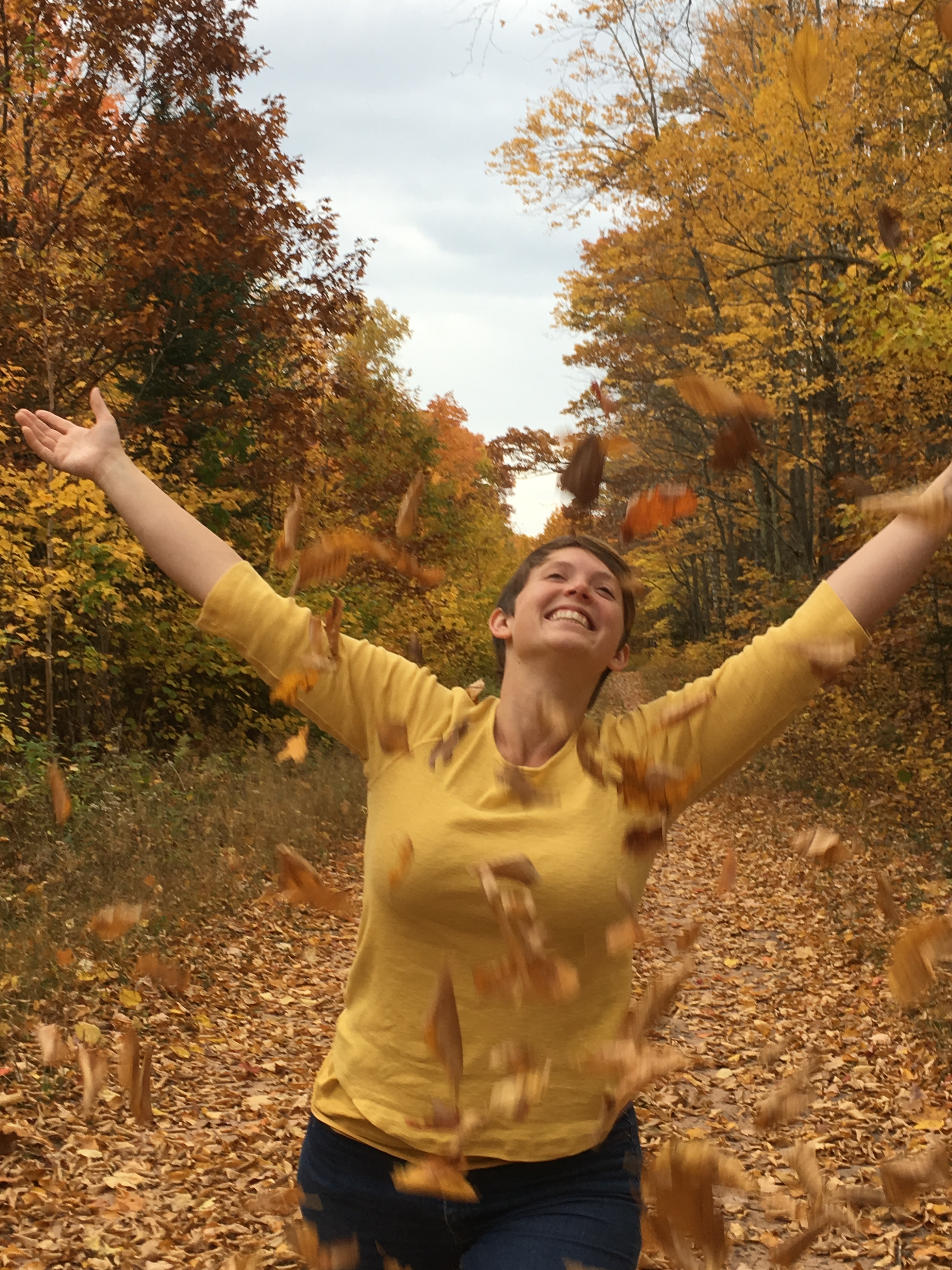 Photo: Nina in a yellow sweater throwing golden-colored leaves in the air.
Photo: Nina in a yellow sweater throwing golden-colored leaves in the air.
 Photo: Molly looking out to Lake Superior
Photo: Molly looking out to Lake Superior
After a nice long hike, we returned to La Pointe. Sarah and Nina wanted to continue exploring, so they bid me farewell at the Airbnb and went out on the town. I took the opportunity to take a well-deserved nap and then graded a few student papers. It was nice to have some quiet Molly-time (the introvert that I am). After, I made dinner for everyone with acorn squash, rice, and other veggies. It was very tasty! The rest of the evening was spent chatting in the living room and listening to CDs.
All of us awoke early the next morning because we knew we had to catch the morning ferry back to Wisconsin mainland. We made a hearty breakfast, packed our bags, and then bid farewell to our Airbnb. Before leaving the island, we had to wait in a line of cars for a while (about 30-45 minutes) before being let onto the ferry. Though it was a bit overcast, it was still a beautiful day to go on a ferry ride. I made sure to enjoy every moment of it before arriving at the mainland.
Video: Riding the Ferry from Madeline Island to mainland Wisconsin
We left Bayfield, WI by the late morning and decided to take the scenic way back to St. Paul, MN. On the way, we decided to stop by the Apostle Islands National Seashore. I was excited about this decision because I hadn’t been back to the Apostle Islands Sea Caves since my trip in the winter of 2014 where my brother and I joined friends from the Philadelphia Community Farm (now called “Buttermilk Farms”). I was looking forward to seeing what this area looks like when not covered in snow and ice.
 Photo: Lakeshore Trail – a combination of boardwalks and dirt trails
Photo: Lakeshore Trail – a combination of boardwalks and dirt trails
To be honest, I was pleasantly surprised by how rugged the trail was. It gave me a north woods vide, reminding me of my many hikes on the Superior Hiking Trail (Hammock camping and Gooseberry). The trail was pretty muddy from the rains over the weekend, but thankfully we all were determined to see the Apostle Island Sea Caves. With the rain came the inevitable falling of leaves. The trail was carpeted in gold, orange, and red leaves.

Photo: Sarah posing on the boardwalk
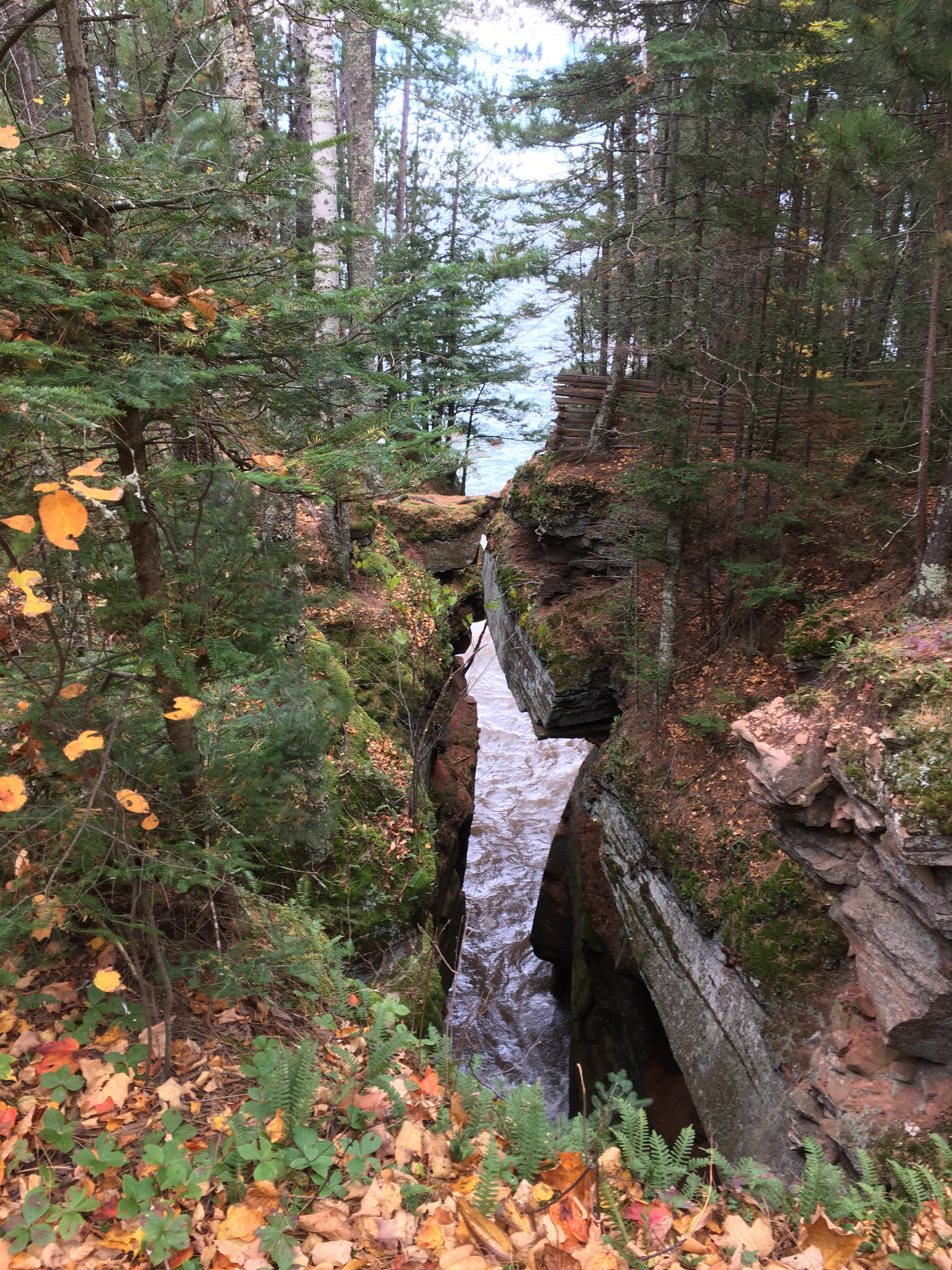
Photo: One of the many Apostle Island Sea Caves, but seen from above
We hiked a good 2 miles to finally reach the first Apostle Island Sea Cave. Of course, on the mainland trail, you can only see the caves from above, but they still brought back memories because I remembered seeing this cave in 2014. Though, in 2014, I was in the cave looking up to the cliffs above. After reaching the first cave, we decided to turn back so that we could get back to the cities at a reasonable hour.
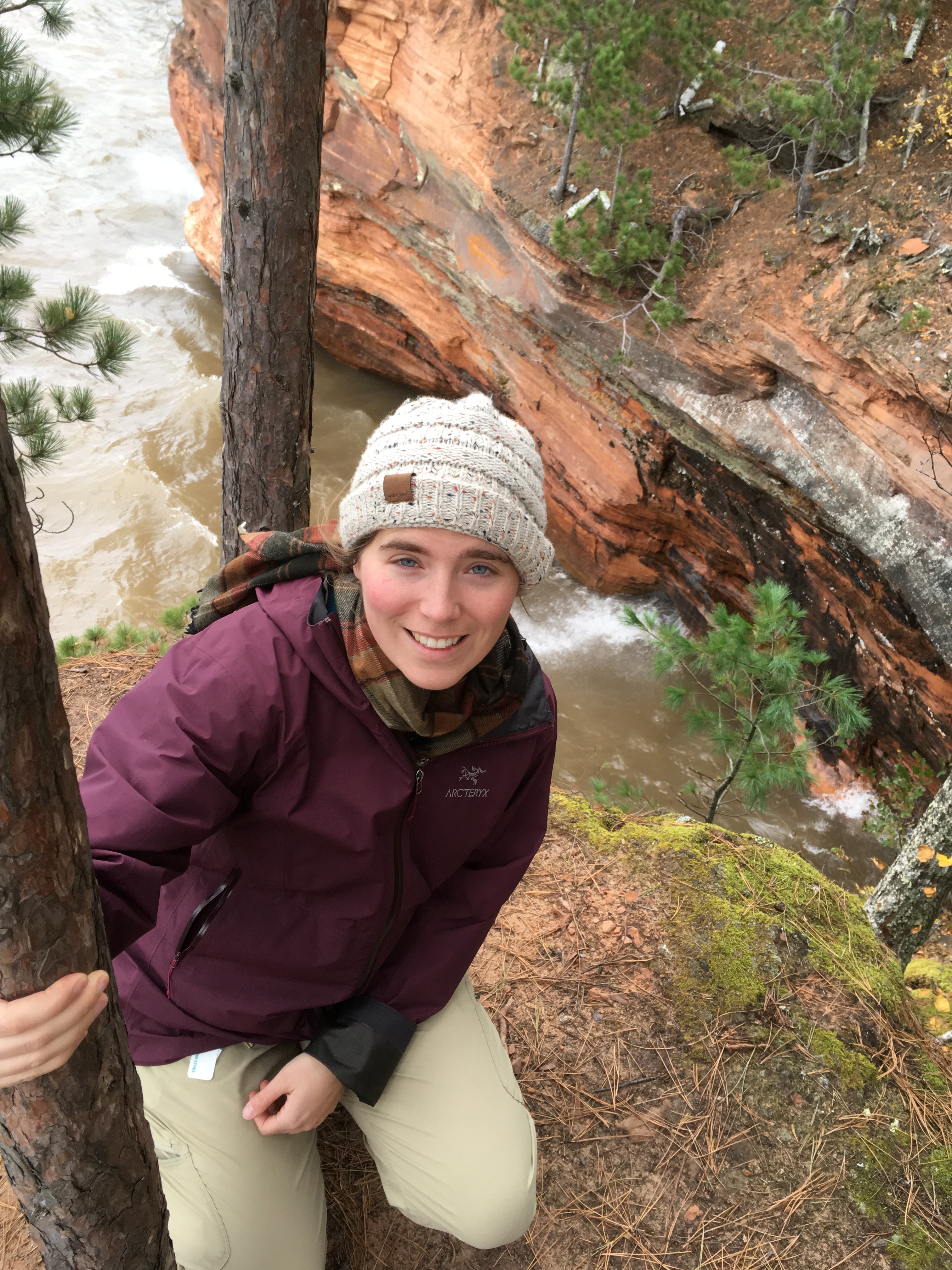 Photo: Molly on the edge of a cliff, posing with the sea caves below
Photo: Molly on the edge of a cliff, posing with the sea caves below
Well, that was my trip. Overall, it was a well-needed escape from graduate school. I hope you enjoyed reading about it. I hope to write soon about my next adventures. I will be going to San Francisco to visit my older sister this month. Perhaps I will write about that?
Till next time,
-Molly

Hello friends,
Below is a creative non-fiction I wrote pertaining to my experiences catching a criminal while working on the St. Croix River as a Graduate Research Assistant. Enjoy!
——————————-
I first saw David on a Saturday afternoon in early August. At the time, I was working as a Graduate Research Assistant for the University of Minnesota. I was counting commercial and non-commercial boat users utilizing the Osceola Boat Landing and I had just finished my 12:30 p.m. count. I was swaying in my hammock, held up by the tension of my hammock straps and two ash trees when I saw a middle-aged man cruise into the boat landing area on a dark-purple mountain bike. Though I didn’t have any knowledge of him, I could tell by how he rode his bike that he was a man who lived life with deliberation. Even from far away, I could tell his eyes were piercing and intelligent, eyes that take on everything, and every movement and choice he made seemed calculated. His character intrigued me, but my gut told me to not talk to him. I followed my gut and put my book in front of my face and made myself look busy. From the outer edges of my book, I made it so I could keep an eye on him with my periphery vision.
David surveyed the boat landing, giving it a good 360-degree surveillance. The boat landing was bustling; mostly by commercial users, from the handful of boat rental companies that lay claim on the St. Croix River. After looking at all the people, he observed the two boat ramps. A family of four was launching a motorboat in the boat ramp furthest from me and there were children playing in the water at the other boat ramp. He continued his gaze and looked at all the people on the beach. Some people were on rocks, on the sand, or in their watercrafts. It was a hot day, so most people were sitting in the shade on the grass that paralleled the beach. He looked in my direction and I placed my book in his line of vision, making sure not to make eye contact.
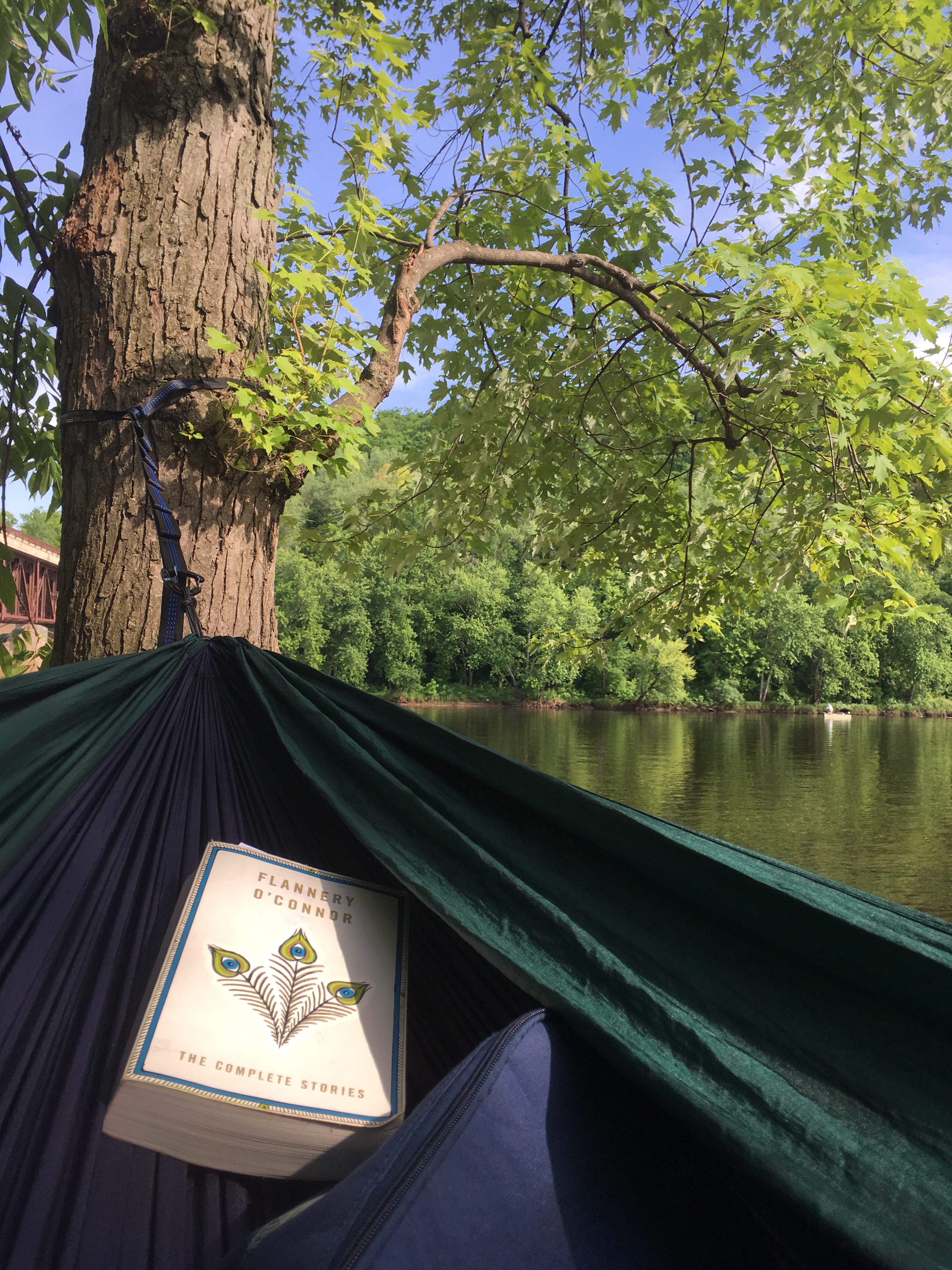
He finished his surveillance, got off his bike, and leaned it against a nearby maple tree. He started conversations with random folks and it was evident that the people he talked to didn’t know him and didn’t want to converse with him, but David didn’t seem perturbed. He made his rounds, slowly finding his way closer to where I was stationed. As he got closer, I was able to get a better look at him. I noticed he had tattoos on both sides of his muscular arms. On his left arm was a ring of chains and on his right arm was a faded logo I didn’t recognize. He wore a gray tank top and cut-off jeans that fit snug beneath his belly and rested above the middle of his thighs. He had a shaved head, shaved face except for an untrimmed goatee, arms and legs with bulging muscles when flexed, and a rock-hard round belly.
He was only ten feet away when he started a conversation with two young men who were working over the summer as boat rental workers. Just like how he rode his bike, he spoke with deliberation. He told the young men that he grew up in the area and how he used to work on the river back when he was their age. He worked for Taylor’s Falls Canoe Rental, the same company they were employed by, doing the same job as they were doing, only 30 years earlier. As I listened, I continued to read or at least look like I was reading, and I wondered if all the things he was saying was true.

The next day, I arrived at Osceola Boat Landing at 10:00 a.m. and I saw David on the beach with his mountain bike. He was talking to a fisherman launching a motorboat into the water. Similar to the previous day, I could tell by the fisherman’s body language that they didn’t want to talk to David, but again, David didn’t seem perturbed by it. While they were talking, I set-up my hammock in the same spot, placed my cooler onto the remnants of a cut log, and started my day of counting. I finished my first count and settled into my hammock, a blanket cushioning the underside of my thighs. I do this because it dulls the sharpness of the hammock’s edge, though perhaps not enough because my thighs are still tender after a long day of counting.
I watched as David finished talking to the fisherman. David walked toward the bathrooms, while the fisherman, pushed his boat from shore, drifted for a short while, and then started his engine. His boat disappeared in my line of vision, but I could hear the putter of his engine echoing in the bluff-lined river valley. It was a picturesque moment. The dramatic view of the St. Croix River with its sandstone bluffs as its backdrop is pretty incredible.
It was while I was distracted looking at the river that David must’ve decided I would be his next person to talk to. I got shaken out of my daydream when I heard a voice yell “Looks like you’re working. Are yah?” I look over and see David staring right at me. I responded without enthusiasm, “Yep, I’m working.” I open my book and start reading, hoping he got the unspoken cue that I didn’t want to talk to him. He didn’t and walked my way with his shoulders hunched forward, hands on his handlebars, and purposeful long strides. He leaned his bike on the ash tree that my hammock was strapped to, leaned against the tree, and then introduced himself as David. He then asked, “Well, what are you working on?”
This was the first time I got a good look at David. He had blue eyes. Sober, yet I could tell that they had experienced the thralls of addiction. He was also wearing the same gray tank top and cut-off jeans as the day before. He seemed friendly, but my gut still told me to keep a distance. I responded to his question and told him I’m counting people for the National Park Service. He was impressed and mentioned it must be nice to get paid to sit in my hammock all day. I told him, “It’s pretty great.” I returned to reading my book, while he looked to the river and started to monologue about his life.
The first thing he told me was that he worked at the carnival for 28 years. When he first started at eighteen years old, someone asked him, “Why are you here? What are you doing as an 18-year old working as a carnie? You must either be running away from something, recently got out of jail, or into drugs.” David at the time said, “No, sir. Not doing any of that.” Then the guy said, “That wasn’t a yes or no question. It’s a multiple choice.” David didn’t answer the man, but David thought to himself, “Well, I guess I’m not running away from something except that maybe I’m running away from myself.”
Since that day, David told me he had been running ever since. He worked at the carnival, served in the military, went to war in Vietnam, and had been in-and-out of jail a handful of times. His first bit of advice for me was if I were ever to get a body warrant and go to prison, it is the perfect way to quit smoking. It helped him quit twice. He also told me he was a self-declared wandering poet. He shared two poems he wrote, one about the river and the other about battling addiction and PTSD. I told him they were very good and that they would be well received at an open-mic night. He disagreed and then gave me his second piece of advice, “No one should write a poem solely on paper. You could lose it. If you really care about your poetry, you have to memorize it. Then you will never lose it.”
Other than knowing he had been in jail a few times, I had enjoyed David’s company and hearing his life story. He was a good storyteller and he had compelling stories. Unfortunately, that enjoyment didn’t last too much longer because David started to ask the questions that would be categorized as creepy. He asked me how old I was; how often I work on the river; what is my schedule; and do I have a boyfriend. He also told me that he may be 51-years old, but he has the spirit of a 20-something-year old and then started telling me date ideas for what to do in the local area. I didn’t answer his questions directly and pulled out my book again and began reading. He asked me if he was annoying me and I told him, “Yeah, I would prefer to be left alone.” He nodded, mounted his dark-purple mountain bike, and said farewell. I watched him bike away, hoping not to see him again.
The following morning, I arrived at Osceola Boat Landing at 10:00 a.m. and I saw David in my hammock spot. He waved me down and said he had been waiting for me all morning. He said, “I wondered when you would start your shift today.” My instincts kicked in and I knew then and there that I would need to call the police. Fortunately, I didn’t work a till-dusk shift that day, but I knew I would be working till dusk the following evening and I didn’t want a strange man to be hanging around when it gets dark. David left soon after, saying he was going to get food, and when he left the boat landing, I immediately called the National Park Service Tip Line, 1 (800) 727-5847.
In less than 15-minutes, a National Park Law Enforcement Ranger arrived. The man introduced himself as Officer David White. After a bit of pleasantry, I gave him a description of David and shared with him my concerns about the situation. Officer White was respectful and completely understood my point of view. He said he and his ranger partner would do rounds throughout the day, hoping to get a look at David, and perhaps have a conversation with him. He encouraged me to call the Chisago Sheriff’s Office because he said they might already know the guy, especially if he had been in jail in the county. He gave me their number. I told him I would call and thanked him for the advice.
After he left, I called the Chisago Sheriff’s Office and their answering system told me an officer was on their way. I waited in my hammock, did one of my counts, and soon enough a Chisago police officer arrived. This officer didn’t give me the same friendly, respectful vibe as the other officer. This officer was named Scotty Finnegan and he had a shaved head and cocky attitude. I tried not to judge him too harshly. I told him the same thing I told Officer White, explaining my concerns about the situation. But Officer Scotty didn’t seem worried. He told me, “Oh, I’m sure it won’t be anything to worry about. He just sounds like a lonely old guy.” He continued explaining that since I’m a cute girl that it would make sense that I would get that kind of attention. He even said, “He’d talk to me too if he were the old guy.”
I was surprised and then enraged by his nonchalance and disrespect. I felt I had explained myself clearly and he completely disregarded my concerns. It almost seemed he wasn’t going to do anything about it until someone binged on his radio set. He told me it was his police partner and that his partner had just started their shift. He told me he would radio his partner to ask him if he knew of a David. While he walked to his car to use the radio, I stayed by my hammock. He returned shortly and it was evident that his attitude changed. He was more serious now and politely asked, “Ma’am, I’m sorry to disrupt your work shift, but I need you to come to the Sheriff’s Department. We need you to look at a line-up.” He gave me his card with the address and told me to leave as soon as possible. Officer Scotty got into his car and told me he would meet me there. I watched the officer drive away, his business card in my hand, and wondered what I had just gotten myself into.
The Chisago Sheriff’s Office is in the basement of the Government Building of Center City, MN. I walked in and was welcomed by two officers and a metal detection machine. I walked through without a beep and wound my way down to the basement. I found the Sheriff’s office and buzzed in. A young lady with big bags underneath her eyes appeared behind the window and asked what I needed. I told her I was meeting Officer Scotty Finnegan. She walked out of view and I waited for a few minutes until the door opened and I saw Officer Scotty with two other men, both white and both with shaved heads. Similar to Scotty, they both gave me cocky attitudes, one more so than the other. Either way, there is something about cocky, white dudes with shaved heads that rubs me the wrong way.
They brought me into a room and I saw three photos on a table. The officers told me the photos are of David’s that match the description of the man I saw at the boat landing. I looked at them and one of the photos was a picture of David. I pointed to the photo and told the officers that this was the guy. One guy laughed and said, “Oh yeah, that David. He’s a weirdo.” I asked if he is dangerous and the other officer said, “Nah, probably not to you. He’s only been associated with drugs and theft. He has an assault charge, but not on any women.” I could tell the officer was trying to make me feel better, but knowing he had a history of assault did not make me feel any better. Officer Scotty thanked me for coming in and told me he would keep in touch if they find David. I thanked them, walked to my car, sat in the driver’s seat, and closed my eyes. I felt exhausted, angry, and thankful all at the same time. In the end, I drove home and called my supervisors at my graduate research job. I told them about what happened, that I wanted to be done observing on the river, and would prefer to spend the rest of my hours working on the analysis and final report. They both heartily agreed.
About two hours later, I got a call from Officer White from the National Park Service. He told me they had found and arrested David for charges on camping illegally on National Park land and for drug possession. He said they had found him camping close to the boat ramp area and that his campsite was full of drugs, mostly methamphetamines. Officer White told me I wouldn’t need to worry about David anymore because he was admitted into jail and would be in jail for a long while. He thanked me for calling the National Park Service Tip Line and wished me a good day. About twenty minutes later, I got a call from Officer Scotty Finnegan and he told me the same story. He also mentioned that my name was never discussed or brought up when David was admitted, so I should not have anything to worry about in that regard. Officer Scotty also thanked me for calling their office and for helping catch a criminal. I thanked Scotty for his time and he wished me a good day.
When all was said and done, the rest of that day and the following day were a blur. I had told my supervisors I would take the day off and I was glad I did because the reality of the situation didn’t really hit me until the day after. My mind spiraled into the thoughts of, “What if I hadn’t called the police? What could’ve happened? Perhaps nothing? Or maybe something very serious?” I was glad I had the day to reflect and to recognize how thankful I was for my instincts and for following them because, in the end, once something has happened, there is no use mulling over the “what ifs.” It is best to focus on the present and to learn from previous events and what I learned this time is that if your gut tells you to call for help, then don’t hesitate. Even if the situation ends up being nothing at all, it is always better to be safe than sorry.
Much love,
-Molly
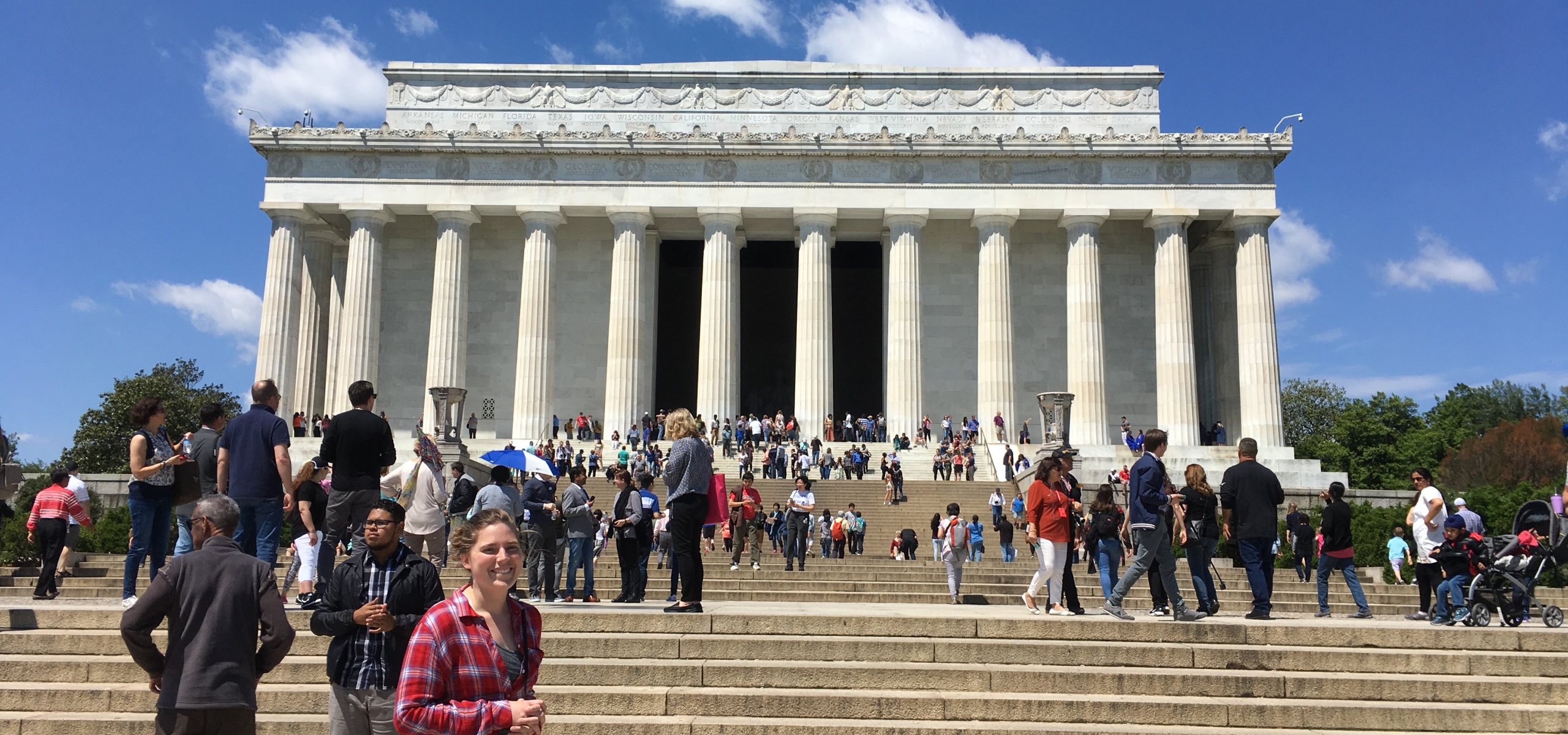
Hello friends,
It has been awhile, sorry for the delayed post. There has been a big change in my life recently, which is why I’ve been distracted from my blog writing. If you didn’t know, I was accepted into the University of Minnesota’s Natural Resource and Science Management Graduate Program. My classes don’t start until the Fall, but I’ve been working over the summer as a Graduate Research Assistant (GRA) for my advisor (the professor who will be guiding me through grad school) and another professor. I’m helping with an observational study on the St. Croix River which is funded by the National Park Service (NPS). We’re observing how many folks are using the boat landings and what exactly they are doing at the landings (launching, taking-in, relaxing, picnicking, etc). Half of my job is counting folks every 15-minutes while sitting in my hammock, and my other half of the job is analyzing the data. Eventually, I—including my advisor and professor—will write and publish a public report for the NPS about the data we collected. Overall, transitioning from doing human resources work to graduate school has gone smoothly—except for the couple weeks where I worked over 50 hours; yuck! And It has been 5 years since I graduated from the University of Oregon, so I’ve been having to relearn a few things—especially statistics. Starting this week, I’ll have a 10-day stint observing on the river. Working 8-hour days on the river is tiring (not joking!), but it’s hard to complain when you get a fantastic view of the river valley and I sometimes have visitors, such as friends or the occasional boat outfitter staff to keep me company.

My observation site on the St. Croix River.
Well, enough about my graduate school life, let’s talk about my mini-vacation in Washington D.C.
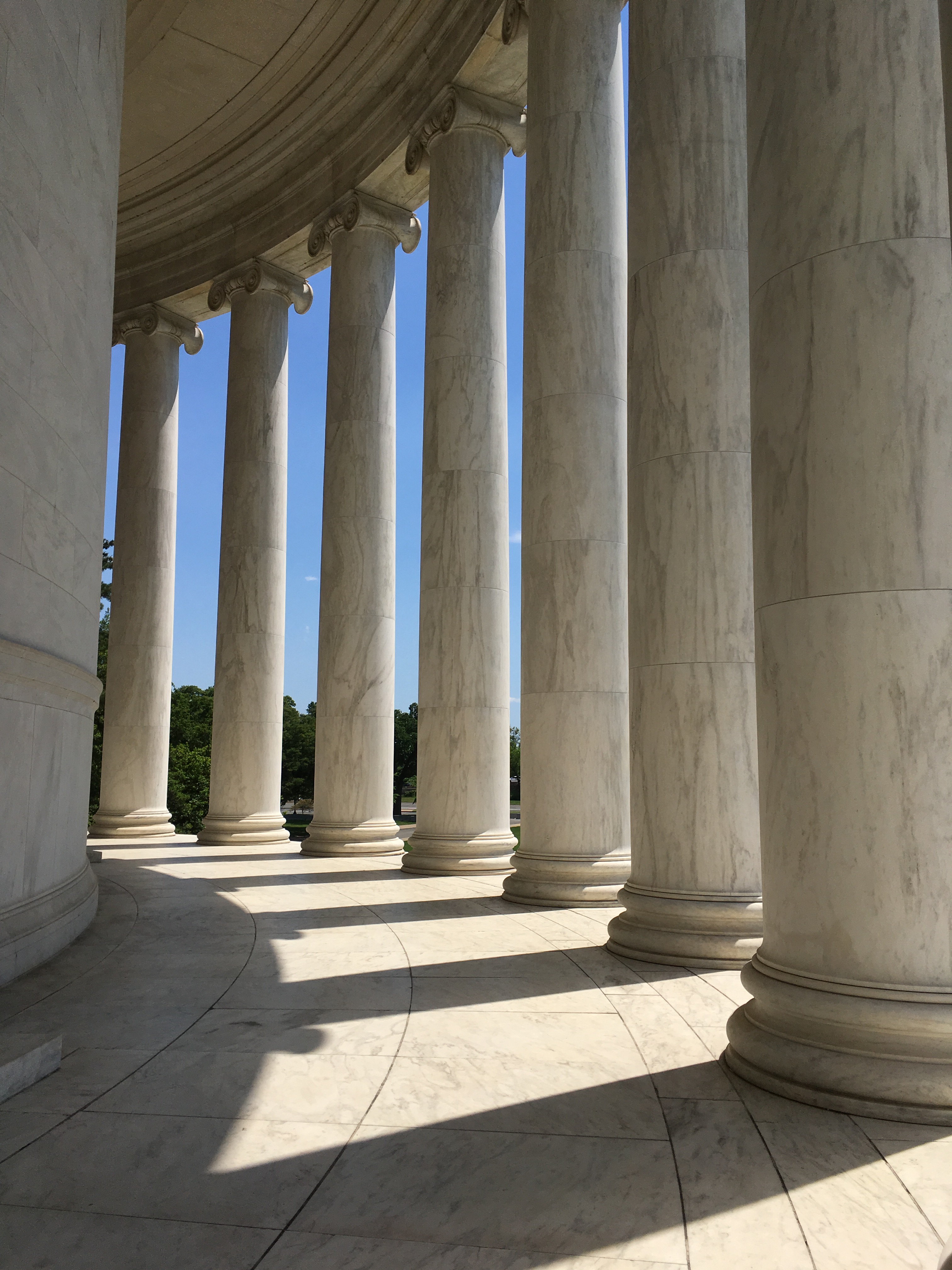
The columns of the Jefferson Memorial.
Washington D.C.: Memorials, Drum Circles, and Shenandoah NP
Way back in mid-May, I took a long weekend to visit my sister, Colleen, in Washington D.C. I hadn’t been to D.C. since I was in high school for a marching band performance, so I was looking forward to seeing the city again. I arrived on a Friday evening and the first thing Colleen and I did was go out to a local bar. We met a mutual friend at the bar named Heath (the same Heath who visited me recently in MN and who I visited in Mongolia! Here’s another link to one of my favorite Mongolia posts with Heath.)
Colleen and Heath told me that I had to go out to the bars at least once while in D.C. because it’s an important part of the D.C. scene. I’m not much of a drinker/partier, but I decided to go along with it. The bar was fun and the beer was good, but the best part was catching up with Heath and seeing Colleen in her new city. Colleen had only been in D.C. for a few months and she had recently gotten a full-time job at CET Academic Programs (she had been applying for jobs for almost a year!). So, our first evening together was one for celebration. After having a drink, Colleen, Heath, and I went on a walk in the nearby Adams-Morgan neighborhood. I got to see beautiful colonial style homes, even passing by the Obama house. Colleen and Heath told me the homes we were walking by could cost millions of dollars, even over 10 million dollars. I was astounded. The homes were pretty, but goodness is that A LOT of money.

Colleen enjoying her latte at Rock Creek Park
The following morning, Colleen and I made a small breakfast and then got coffee from a nearby cafe. Colleen had a full day quasi-planned out for me. First off, she wanted to show me her favorite park in the city: Rock Creek Park. It’s only walking distance from her apartment, so we walked with coffee in hand down into the Rock Creek River Gorge. I was surprised that such a dense river trail could be in the heart of D.C. There were lots of rhododendrons that lent us shade and wildflowers dotted throughout the ravines. I thoroughly enjoyed my jaunt in Rock Creek, especially in the Dumbarton Oak Park Conservancy.
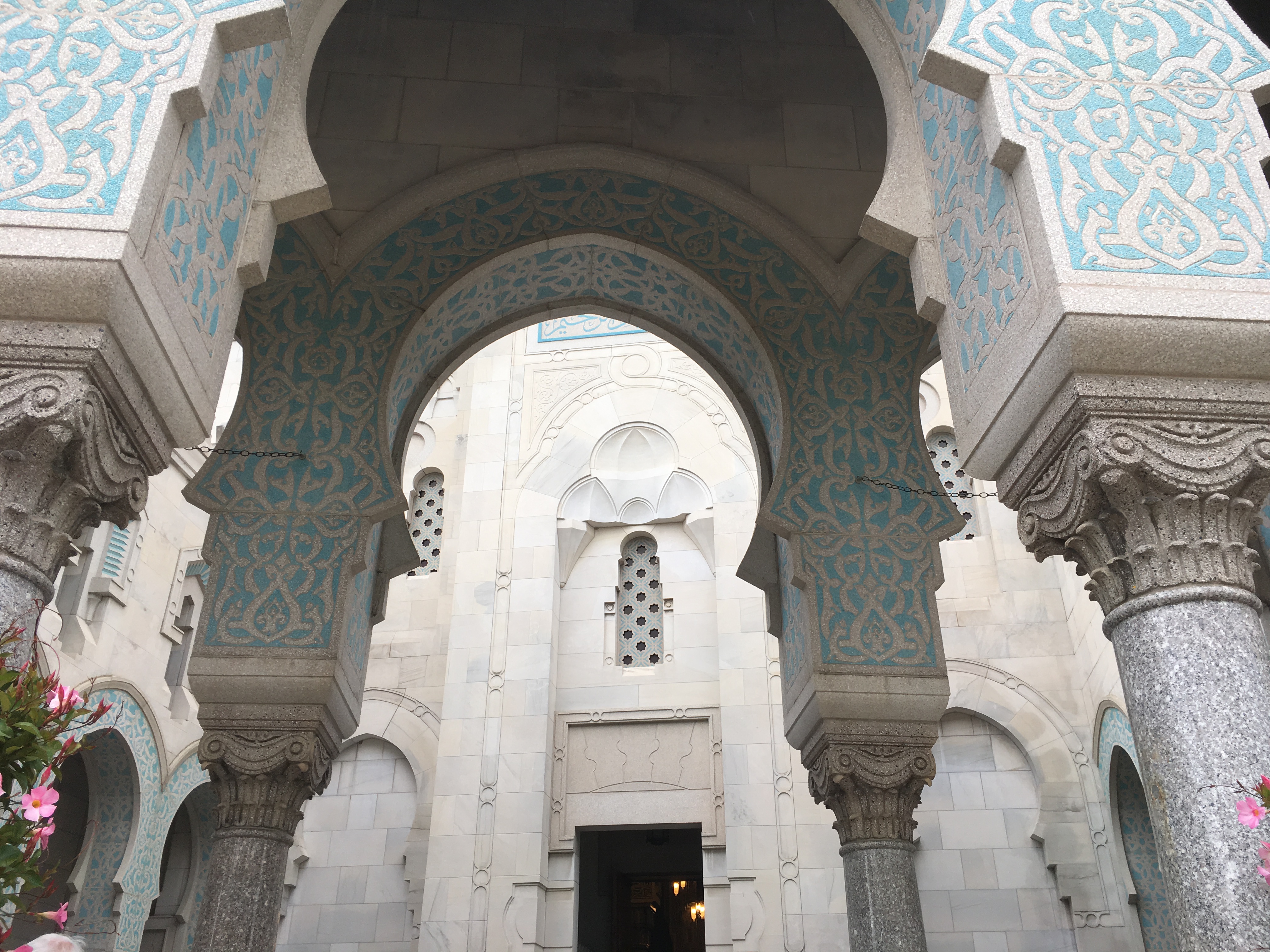
This is the Islamic Center
Colleen placing her shoes in the shoe cubbies outside the mosque
Colleen had mentioned to me that the weekend I was visiting was a special weekend because all the European (EU affiliated) embassies were open to the public. She also wanted to check out the Islamic Center, which also happened to be hosting a bazaar and public viewing—though the mosque is always public, this was an incentive for non-Muslims to feel comfortable seeing the space. So, Colleen and I walked from Rock Creek Park to the Islamic Center, we checked out the bazaar, ate treats, and then watched a prayer within the mosque. I picked up a Quran as well.

Men in prayer in the Islamic Center. The ladies prayer room was downstairs.
I learned while at the Islamic Center that before prayer, all worshipers clean themselves. They clean their arms, hands, legs, feet, and face before going to prayer. In the basement, there were many facets and women sat in front of these faucets and cleaned themselves before entering the prayer room. I also learned a bit of history from a gentleman leading a tour of the facility. I’m really glad Colleen and I stopped by and I would recommend anyone to check it out if you’re ever in the area.

The National Cathedral
After visiting the mosque, Colleen and I walked up embassy row. We walked by many different embassies, which all had long lines to enter, and decided to visit the Italian embassy—mostly because they were serving pizza. While walking up the hill, Colleen pointed to the distance and said she’d always wanted to check out the cathedral at the top of the hill. I thought, well, why not check it out. After a brief discussion, Colleen and I decided to walk to the cathedral. When we arrived, we learned that it’s called the Washington National Cathedral and that it took 83 years for the structure to be fully built—the foundation was set by Theodore Roosevelt and the final construction was attended by George W. Bush senior; now that’s perspective!

The view at the top of the cathedral.

Colleen and I on the viewing floor.
The admission is $12 for adults ($8 if you’re a student), but you definitely pay for what you get. The inside was beautiful, especially the stained glass windows, and the tour was very well done. Colleen and I cut the tour short so that we could go to the viewing floor since the cathedral was closing early for Saturday evening worship. And I’m glad we did because Colleen and I got a fantastic view of the city.

Colleen bicycling below the Washington Memorial.
The following day was a day of classic tourism. By bicycle, Colleen gave me a tour of the city, specifically the National Mall area. What made this special was that Colleen at this time (but not currently anymore) was a Washington D.C. tour guide. So, she knew all the fun facts and stories to tell me as we biked by the White House, the Washington Monument, the War Memorials, and the presidential memorials.
The newest Memorial: The Martin Luther King Memorial. 
The Lincoln Memorial from afar
My favorite facts that Colleen told me I did not photograph, but it pertains to the WW2 Memorial and the Korean War Memorial. At the WW2 Memorial, Colleen put me on a scavenger hunt to find Kilroy. I didn’t know what I was looking for, but Colleen told me that during the War, Kilroy would be spray painted all over the place. I searched and searched, but in the end, Colleen had to show me where Kilroy was.
Here he is! When you’re at the WW2 memorial. Try to find him yourself! Wiki
The other cool fact was that at the Korean War Memorial, each of the statues was facing a slightly different direction so that from any angle, you look into the eyes of one of the Korean War statues. It’s was the eeriest Memorial, in my opinion.
After a day of memorials, Colleen and I met one of Colleen’s friends in the historic neighborhood called Georgetown for dinner. Colleen told me it was a restaurant that she always wanted to try, because not only does it get great reviews for its food, but it is situated just off the Potomac River. The wait was 1.5 hours, so we took that time to explore the old colonial homes that border the cobblestone streets. Some of Washington D.C.’s oldest buildings reside in Georgetown; including The Old Stone House (built in 1765).
Colleen and her friend, Marisol
After dinner, we returned to Colleen’s apartment and Colleen brought me to one of her favorite things to do in D.C. It’s called the Meridian Hill/Malcolm X Park Drum Circle and it’s held every Sunday starting at 3 pm. It’s been happening for over 40 years and was inspired during the times of the Civil Rights Movement and perhaps originally sparked by Malcolm X’s assassination.

Meridian Hill/Malcolm X Park. 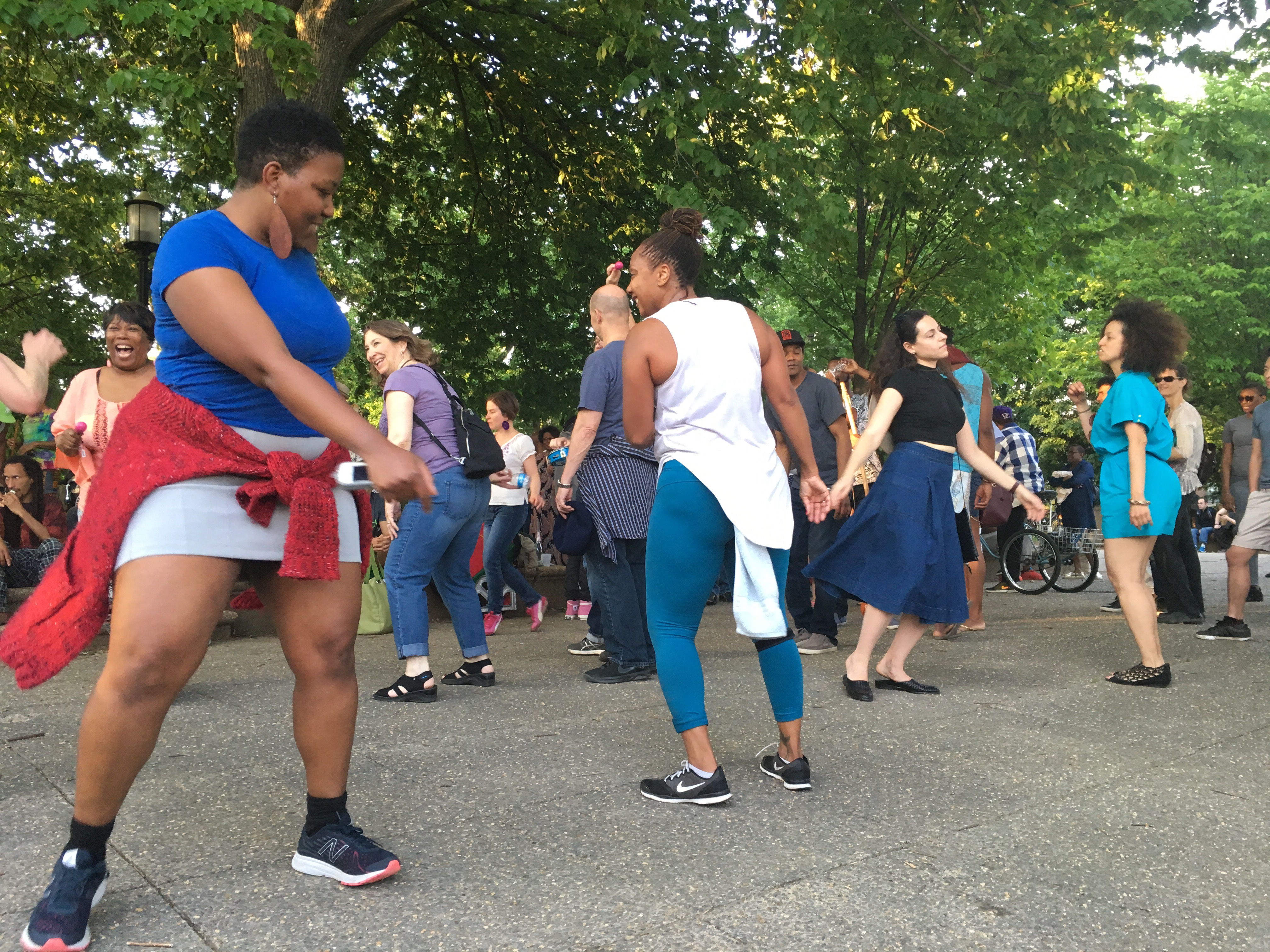
People dancing in front of the drum circle
I sat on the steps and watched the spectacle while Colleen got up and danced to the beat. Feeling the drum beat within me and watching as people expressed themselves through dance, martial arts, hula hoops, and instruments was the perfect way to end the day.
A view from within Shenandoah National Park.
The next morning, Colleen and I woke up bright and early to beat the traffic out of D.C. Something I had told Colleen before coming was that I really wanted to either see the ocean or go hike a mountain while in D.C. Colleen did some research and told me about Shenandoah National Park and how she hadn’t been yet. It was decided then that we had to go, especially since it is only a 45-minute drive from the city!
Once we reached the Shenandoah National Park boundary, the landscape changed drastically. The road became very steep and we were shaded above by a canopy of a deciduous forest. Our GPS told us we were on Skyline Drive, which we learned later is a scenic highway that cuts across all of Shenandoah NP.
Colleen hiking the Rose River Loop Trail
We stopped by the visitor center and the ranger advised us to hike the Rose River trail because in one trail you get waterfalls, quiet creek beds, and a not-too-awful incline. And, well, he was right.
Dark Hallow Falls from the Dark Hallows Falls trail
We parked at the Dark Hallow Falls parking lot and then started our hike on the Dark Hallow Falls trail. It only took about 10 minutes to hike to the Falls. We took pictures and then continued on until we hit the Rose River Loop trail. We made a right at the fork and followed the Rose river creek bed for the next 2.5 miles.
Colleen drinking water beside the Rose River Falls.
This was a really nice trail. It was shady, which was perfect because it had gotten hot by the early afternoon. It also housed many different types of birds. We heard a Veery and we even saw a warbler with the help of my binoculars! The best part was listening to the sound of water trickling down the Creek all along our hike.
By the time we reached the fire road, which would loop us back to our car, Colleen and I decided it would be best to hitch hike. It would save time (and we were feeling a bit tired). So, we got on the side of the road, stuck our thumbs out, and hoped for the best. While waiting, I reminisced about how the last time I had hitchhiked I was in South Carolina in 2012. I caught a ride from Charleston, SC to Greenville, SC. I guess I tend to catch rides in the South? After about 7-10 minutes, a car stopped for us and it ended up being a husband and wife from South Korea. We thanked them profusely all the way back to our car.
Near the start of Mary’s Rock Trail
Colleen and I were pretty pooped after our morning hike, but Colleen was adamant about getting a mountain top view. I was hesitant at first because I had a plane to catch that evening, but once I was on the trail, my doubts disappeared and I hiked as quickly as I could to the top. While hiking, we passed by backpackers. I didn’t realize until then that we were on a section of the Appalachian Trail. A part of me felt giddy; now I’d touched both the Pacific Crest Trail (PCT) and the Appalachian Trail (AT). Sometime in the future, I hope to hike them both one day.
The map of Mary’s Rock Summit Trail

Me posing on Mary’s Rock
The view from Mary’s Rock was spectacular. It was definitely worth the hike. For our last moments on the ridgeline, Colleen and I sat atop the peak, soaking in the views surrounding us.
Colleen hiking on the Appalation Trail.
I really enjoyed our time at Shenandoah NP. The trails we hiked were beautiful and the views of the Blue Ridge Mountains made me fully appreciate the lyrics to Take me Home, Country Roads.
I have to say that my trip to Washington, D.C. was a great getaway for a long weekend. Thanks again Colleen for showing me around and being my tour guide!
Till next time,
-Molly

Hello Friends,
Here is Minnesota, the signs of an early Spring are spotted on every street corner. I see the green of emerging crocuses peeking from under the soil and the robins and cardinals are singing their Spring tunes. It is a nice feeling to wake up in the morning to the whistling of Northern Cardinals fighting for their territory; it means Spring is fast approaching. Though it is April, I must mention one thing from March. March is my birthday month and now I am 27 years old. I am thankful to my friends and family who made my birthday very special this year, specifically mentioning the surprise birthday party my partner and a friend planned for me. It was a welcome surprise and it reaffirmed to me that I am happy here in the Twin Cities because not only do I love this city, but I also have a love and appreciation for the people in my life.
Well, this post will be my last installment in my 2016 Euro Trip series. Please enjoy.

My sister, named Colleen, posing on Charles Bridge with Prague Castle in the distance.
Prague: Beer, CouchSurfing.com, and an Impromptu Kayaking Trip
In my last post about my Euro Trip, I wrote about my experiences in Munich, specifically about my short visit to the Dachau Concentration Camp and Memorial Site just outside of Munich. After spending a day in Dachau, Colleen and I returned to Munich and stayed in a hostel near the train station. It was the Wombat’s City Hostel. Colleen and I were not in a social mood that evening, but I would recommend this hostel to any traveler, especially those who want to meet other travelers.
The following morning, Colleen and I awoke early to catch a train to Prague in the Czech Republic. In total, the trip would take about five hours. While in-transit, I read some, but mostly I looked out the window and daydreamed. I also spent time reminiscing about my first time in Prague, which was three-and-a-half years prior. Prague was my first European stop (aside from Russia) during my 7-month around-the-world trip. I had met my father and brother then, so it was only fitting to be traveling there with my sister now.
Colleen and I walking through Prague’s Old Town during sunset.
Here is a short video of Colleen walking across the bridge.
We arrived in the evening—due to train delays—and walked from the main train station all the way to our hostel called Hostel Santini Prague. It was a glorious 40-minute walk that led us through a sliver of the Jewish Quarter and then through Prague’s Old Town. Colleen was in awe of the architecture and kept her head mostly looking up throughout the walk—except for looking down to avoid the occasional uprooted cobblestone. We walked across Charles Bridge and the from there watched as the evening’s sun turned from sunset into twilight. The rest of the evening included meeting a stranger off the street, who happened to be an Argentinian named Martin (his Instagram name is @martinignaccio), and having dinner not far from the hostel. It is one of the benefits of traveling, you get the chance to meet people from all over the world, people you would never have the opportunity to meet otherwise. We shared beers (fun fact: beer is cheaper than buying a bottle of water in Prague), ate goulash, and talked till the late evening.
Our second day in Prague. We walked through Old Town and went inside St. James’ Basilica.
The following morning, Colleen and I walked back to Old Town Square to find a free walking tour. We were fortunate to find an amazing tour guide, through Prague City Tours (the people in the bright blue shirts). On the tour, he educated us on important events that occurred throughout the city and pointed out fun architectural facts. One that comes to mind is what sets Prague apart from other cities is the architecture of Prague is not consistent, meaning one building may be from the medieval century, while the building adjacent may be from the renaissance, while the building adjacent from that may be from the baroque period. When he pointed that out, I noticed all throughout my time in Prague that most of the city is a mishmash of different types of architecture.
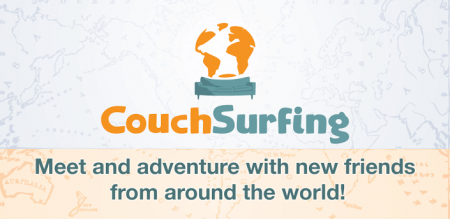
Couchsurfing: meet and adventure with new friends from around the world. From the blog Backpacking Diplomacy
After the tour, Colleen and I split up for the rest of the day. Colleen went to a Prague Castle tour (I didn’t go because I had been before), while I went the opposite direction to attend a meet-up through CouchSurfing.com. I had checked out the Prague Couchsurfing web page and realized that Colleen and I were in for a treat. I learned that the Annual Prague Couch Crash was that week/weekend and that there were events planned every day that Colleen and I would be in town. That day was an afternoon beer and chat with locals and other couch-surfers. (For reference, almost every major city has an annual Couch Crash, which is an all-weekend event that is run by locals to pick the best places to go, the best things to do, and the best restaurants to eat at for people in town visiting for the Couch Crash).
It was refreshing to get outside of the town center (Prague 1) and to go to another neighborhood in the Prague 10 district. What I like about couchsurfing.com is that not only do you get to see places that tourists don’t know about, but also the website generally brings together open-minded and open-hearted folks from all over the world. So, it usually feels like meeting close friends who I have never met before. While at the event, I had a fantastic time eating and drinking with my fellow couchsurfers and I looked forward to the other events throughout the weekend. Colleen and I decided to go on a kayaking/canoe trip the following day with a gaggle of couchsurfers.
The next morning, Colleen and I awoke early in the morning to catch a train with eight other couchsurfers to go on a canoe/kayaking trip. To be honest, since I didn’t plan the event, I am unsure of which waterway we boated on and I am unsure where our entry point was. But, I can say, the trip was a success and that Colleen and I—and eight other surfers—had a blast! Our couchsurfing leader originally planned to boat on a different part of the river, but due to a low water flow, we ended up on a more rugged, less manicured section of the river. So, instead of an easy-going boat trip, it turned into a quasi-whitewater experience, which made the trip even better! The trip leader and I had the most boating experience (one of my part-time jobs is being a kayak instructor), so with four canoes and one kayak, all of us wound our way through one of Czech Republic’s beautiful scenic river valleys.
Some highlights from the boat trip include going through several rapids (I would consider them level III, but I don’t have enough whitewater experience to know for sure). In between the higher level rapids were the occasional eddies and level I rapids. I had learned from friends on how to whitewater paddle (Thank you Anne and Scott!) and they had even taught me the basics of how to read a river. While on the river, all their advice seemed to come back, which I was thankful for because there were parts of the river that were unpredictable and I’m sure we would have flipped or would have had troubles if we hadn’t avoided those sections.
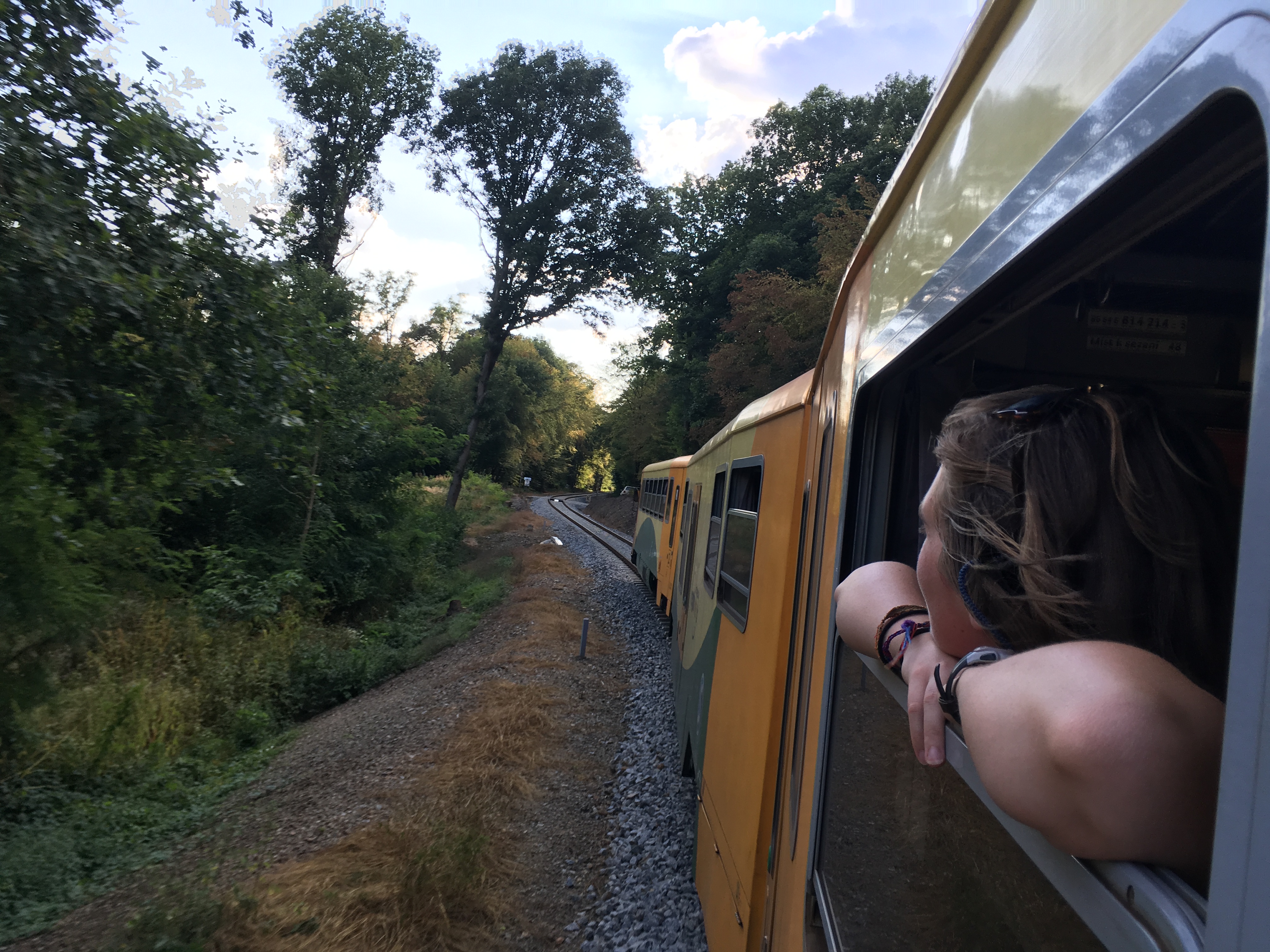
A photo of me on the scenic train back to Prague
The second highlight was taking a scenic train back to Prague. It was an old train car that stops in every town and then follows the cliffs of the river valley, resulting in epic views of the river below. All of us couchsurfers were glued to the windows, watching as the scenery changed all around us.
Inside the Pinkas Synagogue, the names of the 78,000 Czech Jewish victims killed during the Holocaust is written on the walls.
On our last day in Prague, Colleen and I went to the Jewish Quarter. We visited the Old-New Synagogue and the Pinkas Synagogue to see the Holocaust Exhibit and the Old Jewish Cemetary. I learned a lot that day, pertaining to the persecution of Jewish people. On our museum tour, I learned the Jewish Quarter used to be a ghetto, mostly because this area would flood. So, a lot of refugees and immigrants would settle there because it was the only place in the city that was cheap enough to live in. Also, I learned that the reason why the Jewish Quarter was left—mostly—unscathed during World War II was that Adolf Hitler decided the Jewish Quarter should be left standing as a relic, so when all the Jewish people were eradicated that there could be a museum for their extinct faith and culture. Fortunately, the Jewish faith was never eradicated, but to know that the reason behind why the synagogues of the Jewish Quarter are still standing is gut-wrenching.

Prague Castle at night
Colleen and I ended our time in Prague by walking in the Old Town with some friends we made at the hostel. We ate dinner at a classic beer hall and then indulged in some Czech treats. It was a beautiful evening spent with beautiful people. It was a great way to end our time in Prague.
The following morning, Colleen and I split ways. Colleen caught a plane to Scotland to hike the Scottish Highlands and I caught a train to Berlin, so to catch a flight the following day to the USA. Fortunately, my final night in Berlin was spent in good company. When Colleen and I had first arrived in Berlin, Irina introduced us to a handful of her friends. Freddy was one of them and he hosted me in his flat. He also took me out for one final German night-out! We ate falafel at one of his favorite restaurants and then we sat outside with a pint of beer and talked till the late evening. Freddy, thank you so much for your kindness. You really made my final night in Europe very special.
And that is the end of my 2016 Eurotrip series. I hope you enjoyed reading them.
All the best,
-Molly
A video from our final night in Prague. Enjoy!

Hello friends,
It’s an unseasonably warm February day here in St. Paul, MN. This morning, I sat on my back stoop in a light jacket and shorts and drank my morning cup of coffee. The slightest breeze from the south chilled my bare legs, but the warmth from the sun balanced my internal temperature. The weather reports say there is a winter storm coming by the end of the week, so soon this warm weather will be a fading memory. Let’s hope that this short warm spell didn’t prompt any unreversible budding of trees and shrubs. The last thing I want is for the local flora to not bloom as full when Spring truly arrives—not only for me but for the pollinators and farmers, as well.
Well, enough about the weather, I’m here to chat about St. Paul’s 2017 Women’s March. I know I’m a month late, but better late than never.
A video compilation of the footage I took at the 2017 St. Paul Women’s March
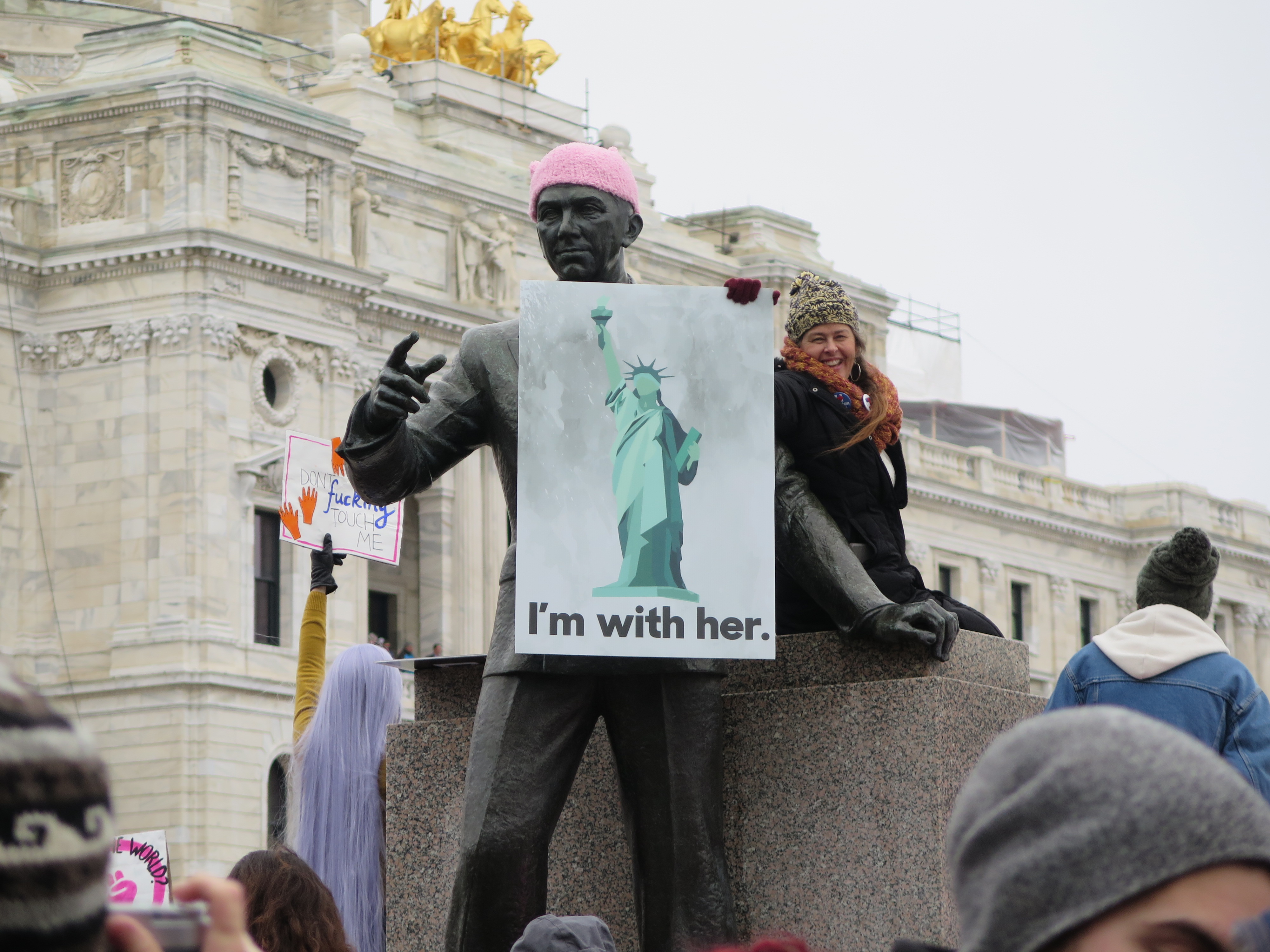 A woman posing with a statue of a man wearing the Women’s March trademark pussy hat and holding an “I’m with her.” poster.
A woman posing with a statue of a man wearing the Women’s March trademark pussy hat and holding an “I’m with her.” poster.
The 2017 Women’s March – St. Paul, MN
On January 21st, 2017 90,000 men and women came together in downtown St. Paul to march for women’s rights and in defiance of Trump’s recent election. I—as well as my partner, Jaime, my roommate, Karen, and her aunt—planned to take the bus to the march’s meeting place at St. Paul College. We learned soon enough that everyone had the same idea as us, so while we waited for the bus, buses chalk-full of people heading to the march passed by, each busload screaming “yahoo” from the window. When the third full bus passed by, Jaime, Karen, her aunt, and I decided to order an Uber. Within 10 minutes, an Uber arrived and we all crammed into the car—including a woman who also happened to be waiting at the bus stop with us. The traffic was uncharacteristically bad for a Saturday morning, which only meant there would be a fantastic turnout for the Women’s March.
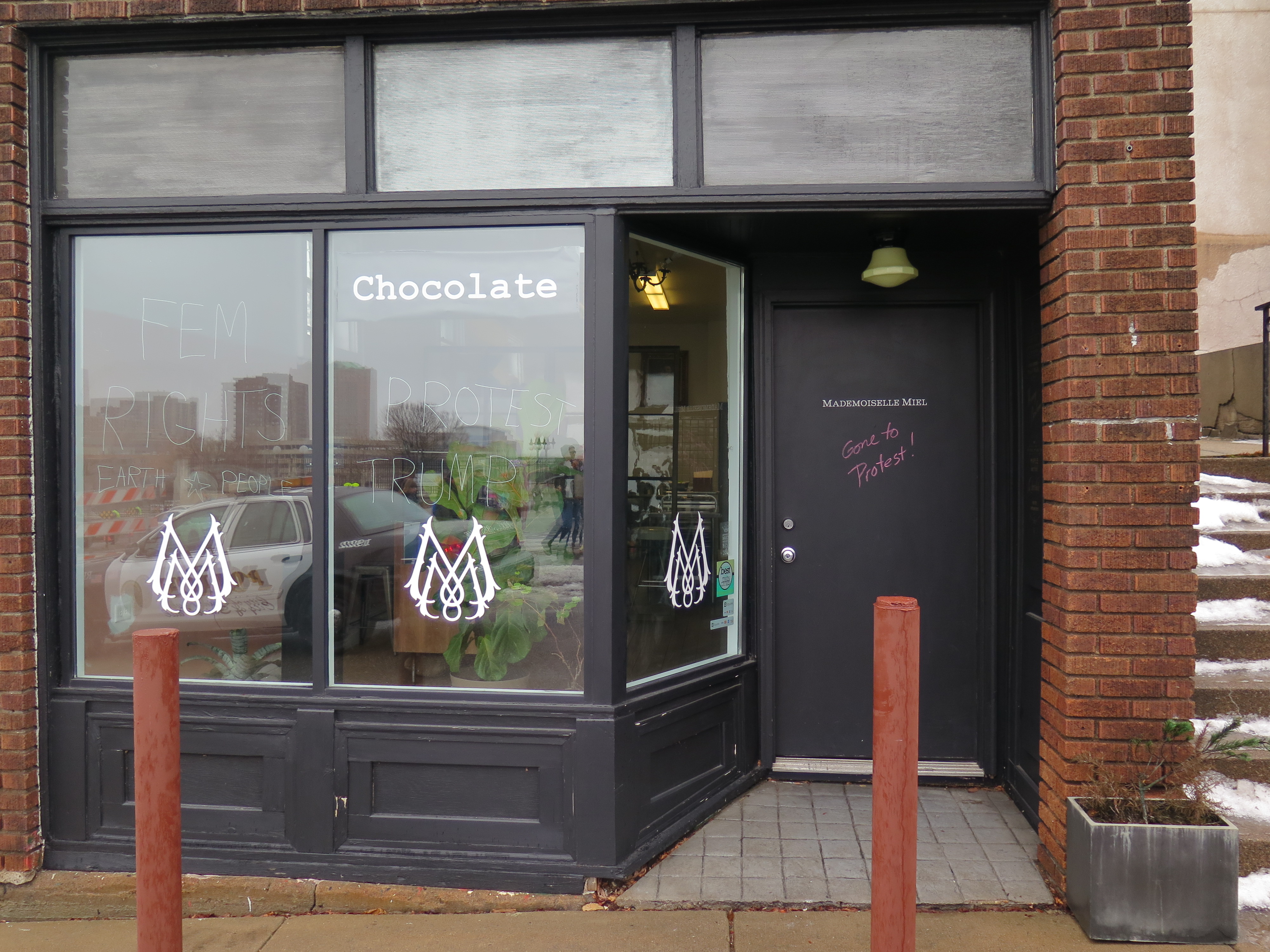 A chocolate shop store front with a message on the door saying, “Gone to Protest!”
A chocolate shop store front with a message on the door saying, “Gone to Protest!”
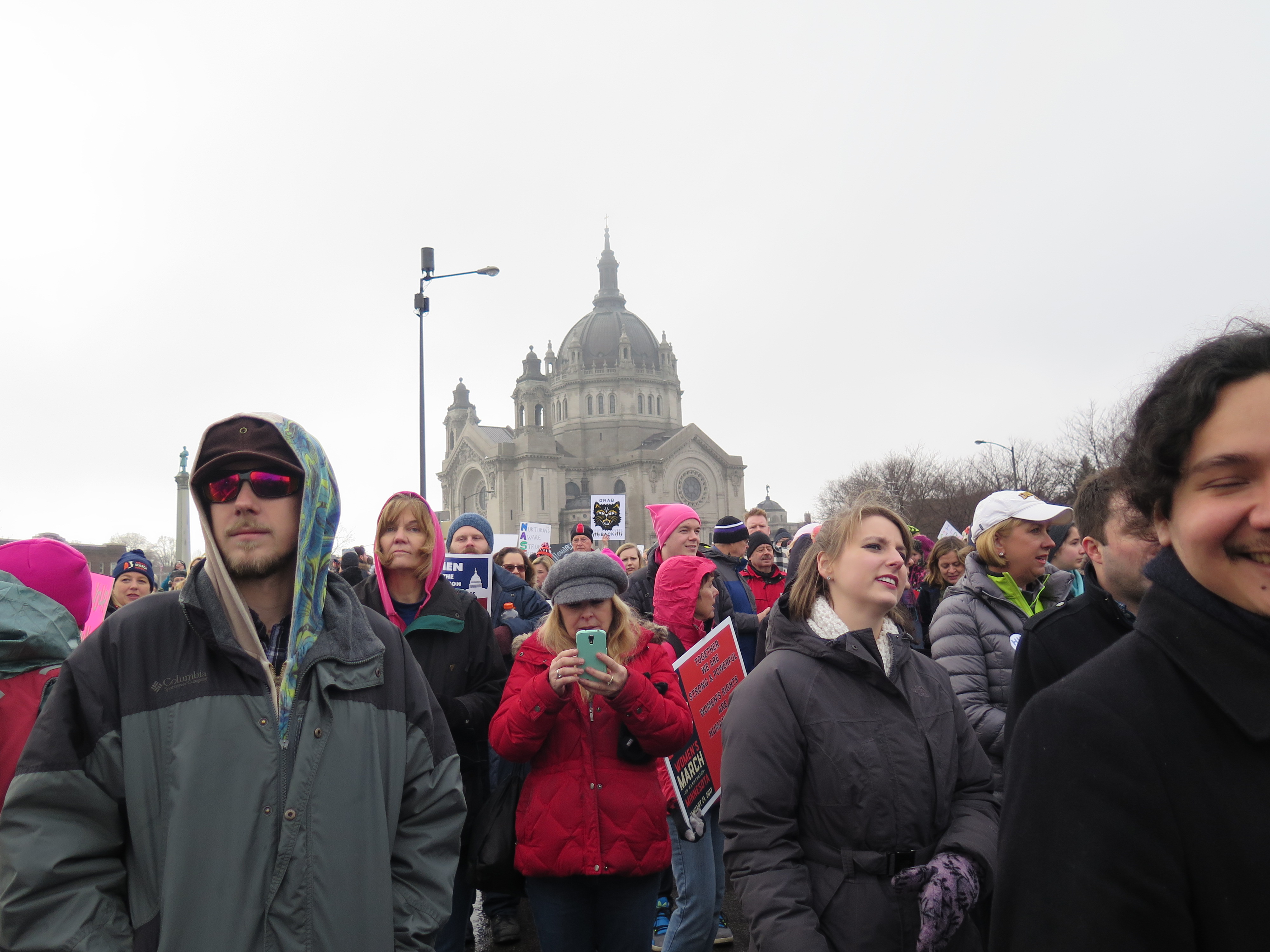 Marchers with the St. Paul’s Cathedral in the background. This was just before the march.
Marchers with the St. Paul’s Cathedral in the background. This was just before the march. Marchers with the Minnesota State Capitol Building in the background.
Marchers with the Minnesota State Capitol Building in the background.
There was a lot of energy and excitement in the air as we marched down John Ireland Boulevard. People were chanting and holding their signs with pride as we marched toward the Capitol Building. The turnout was out of this world and it filled my heart with joy to look ahead and behind me to see thousands of men and women, all marching for women’s rights. I had marched previous to this—for Black Lives Matter—but this was the first time I wasn’t only an ally, I was marching for a cause that directly affects me. I was marching to tell Congress, the Senate, and our President-elect, that I want women’s rights to be respected and acknowledged in current and future legislation. I marched because I want equal pay for all women. I marched because I want women’s reproductive health to be funded and accessible to all women. I marched because I want the men—and women—who govern our country to understand that women need to be represented better so that male-dominated senates and houses don’t push legislation that negatively affects women’s rights. I marched for a lot of things and it was empowering to march with these thoughts in mind and to know that everyone marching with me all want the same thing.
 Women’s March protesters congregated to the Minnesota State Capitol Building for a rally. Music was played and speeches were made by female political leaders—including a speech by Ilhan Omar, the first Somali-American legislator in the USA.
Women’s March protesters congregated to the Minnesota State Capitol Building for a rally. Music was played and speeches were made by female political leaders—including a speech by Ilhan Omar, the first Somali-American legislator in the USA.
While marching, it was hard not to think of my experiences marching for Black Lives Matter (BLM). I spent time looking around at all the protesters, seeing the diversity of people who showed up for the march. To be honest, though, it was a very white march—”white” meaning the color of people’s skin. I considered this and thought back on the protests I attended for Black Lives Matter. While marching for BLM, I didn’t witness any police brutality or unfriendliness, but there was an obvious tension in the air. At the Women’s March, I saw police officers being very friendly, some even posing for pictures wearing the Women’s March trademark pussy hat. I didn’t feel any tension at all in the air. It made me think back on the protests/marches for Jamar Clark and Philando Castille. There were smaller numbers of people at each of those marches, but if 90,000 folks showed up for a BLM march, would of the police of acted the same way? Honestly, I don’t think they would have. I think there would have been more police, more guns, and a visceral tension in the air. It’s important to recognize these things and to understand that though marching for women’s rights is very important, we must consider and acknowledge our privilege as white folks.
 January 21, 2017 – Women’s March – St. Paul, MN
January 21, 2017 – Women’s March – St. Paul, MN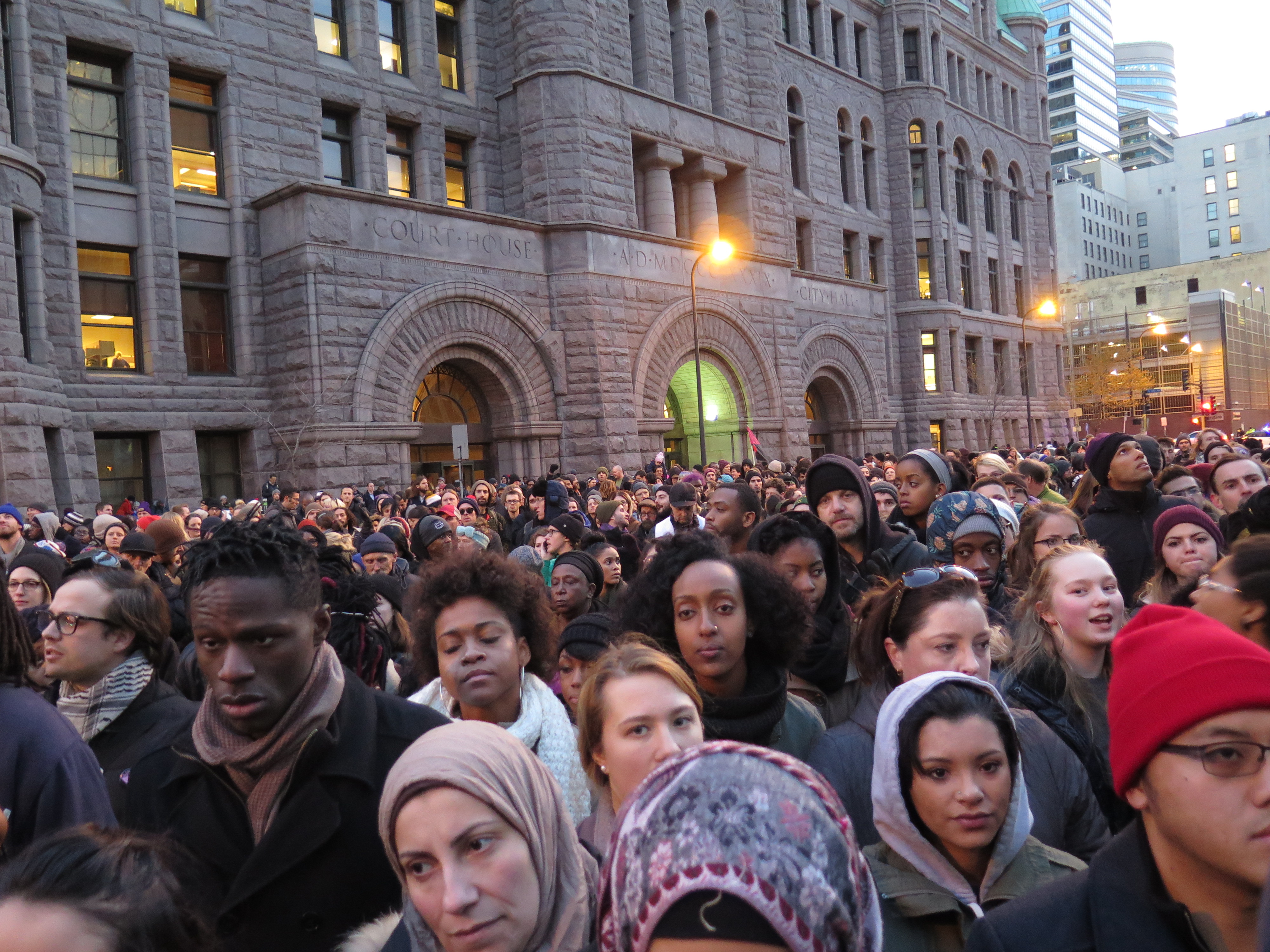 November 15, 2015 – Justice for Jamar March – Minneapolis, MN
November 15, 2015 – Justice for Jamar March – Minneapolis, MN
A bit of a contrast, no?
Until the 2018 elections (and of course, the 2020 presidential election), we must continue fighting for the things we believe in. Everyone has different ideas and beliefs in what to fund or fight for, which is a beautiful thing. I have friends who are fighting for women’s rights, black rights, gay rights, latino/a rights, liberal arts funding, environment and climate reform, renewable energy reform, immigration reform, and a whole bunch of other stuff. Find what you care about and get involved. Join a group, fund an organization—Amerian Civil Liberties Union (ACLU), Black Lives Matter, and World Wildlife Fund (WWF) are just a few—or get involved in your local government to make a direct impact in your district.
Let’s keep fighting. And thanks for reading.
Much love,
-Molly
 The one selfie that was taken at the Women’s March.
The one selfie that was taken at the Women’s March.

Hello Friends,
A new year had come and gone again and with a new year brings a fresh start. Like most of us, the holidays swept me away and kept me busy for the last couple months. Now that it’s well into January, it feels good to have my daily routines back, as well as a few additional new years resolutions. One of my resolutions is to write more, which includes being much more consistent with my blog!
In my last post, I wrote about my experiences hiking in the Black Forest in Freudenstadt, Germany with my sister, Colleen. In this post, I will tell you about our twenty-four-hour stay in Munich, which a majority of our time was spent at the Dachau Concentration Camp and Memorial site.
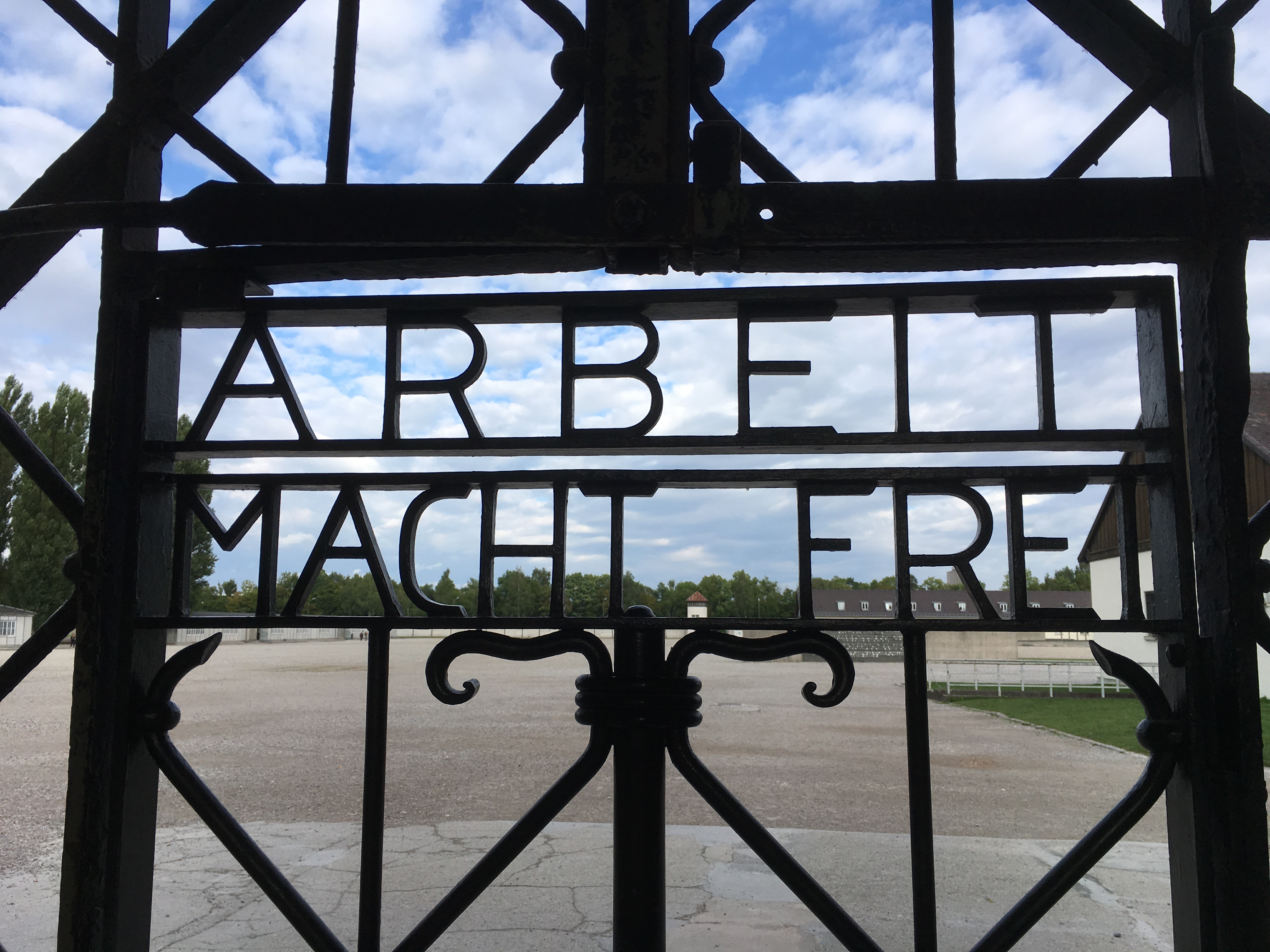
The gates into Dachau Concentration Camp Memorial Site. The gate reads “Arbeit Macht Frei.” In English, this translates into, “work sets you free.”
Munich: A Short Visit to Dachau Concentration Camp and Memorial Site
We woke up early in the morning to catch the first train out of Freudenstadt Hauptbahnhof (Central Station). We were sad to leave the picturesque foothills of the Black Forest, but I was thankful to have had the opportunity to stay there for 3 nights. After two train transfers and four hours traversing across the Bavarian countryside, Colleen and I arrived in Munich’s Central Station. From there, we had a choice to make. Either we could go to the hostel to drop off our bags or we could go directly to Dachau to visit the concentration camp and memorial site—Dachau city is about an hour away from Munich. In the end, we decided to go directly there. So, we strapped on our backpacking backpacks, picked up a croissant from a nearby sweets booth, and got onto the next train to Dachau.
From the Dachau train station, there is a bus that takes you directly to the concentration camp memorial site. We had just missed the bus, so we decided to take a taxi since the memorial site closes at 5:00 pm and it was already past 2:00 pm. As I sat in the taxi, I remember looking out the window and watching as homes and business fronts passed by. I thought back on my time in Amsterdam and Berlin and thought of the name plates, or in German, “Stolperstein,” meaning stumbling stones, that I came across while walking along the city sidewalks. These metallic bricks were placed in front of homes, which had the names and life outcomes of the Jewish families that resided in those homes. I remember reading one in the Jewish Quarter of Amsterdam and it had said the gentlemen had been sent to Dachau Concentration Camp. While watching the buildings pass by, it made me wonder if there were any stumbling stones on the sidewalks of Dachau.
 The building entrance to Dachau Concentration Camp.
The building entrance to Dachau Concentration Camp.
When we arrived, we were dropped off on the outer limits of the original camp site. Surrounding the camp were buildings that were once used for offices and housing for the nazi soldiers that worked and supervised at the camp. Now, these buildings are warehouses or being utilized by the museum and memorial staff. We stopped in the main building to get a map, as well as information about the memorial site. We were expecting to have to pay for tickets, but we learned that the memorial site is free to visit. They do take donations, though.
We stepped out of the building and followed a pebbled road towards the entrance to the concentration camp. Colleen and I stopped at the informational signs along the way, trying our best to soak in as much information as we could. With each step closer to the entrance, I noticed I was feeling more and more anxious about entering the campgrounds. The realization of how much horror happened on these grounds hadn’t really set in yet. I knew by reading more informational signs and spending more time in the camp that I would most likely feel a deep and overwhelming mixture of sadness and irrational guilt. A part of me didn’t want to experience that, but there was the part of me that knew it’s important to see the ugly side of history. So, with that, Colleen and I walked in.
 An informational sign near the camp entrance
An informational sign near the camp entrance
The Dachau Concentration Campgrounds is big and Colleen and I realized very quickly that 3 hours would not be enough time to really get an in-depth tour. So, we decided to visit as many buildings as possible, but that we would make intentional time in the museum building (permanent exhibition rooms) and in the Crematorium Area. We started in the permanent exhibition rooms. The exhibits were very well done. They gave information about pre-war Germany, as well as a broad summary of World War Two. Once we reached the public shower rooms and cafeteria, the exhibitions explained what daily life was like for the people who were imprisoned there. Being in the physical rooms of where the prisoners showered and ate was a powerful experience.
If I were to write about everything I learned while at the Dachau exhibit, this blog post would be thousands of words long. So, I’ll stick with the information that impacted me the most, but I would encourage you (if you haven’t yet) to read up on the history of the incarceration of disenfranchised people—Jews, gay men, political prisoners, gypsies, Roma, etc—during WW2.
 The cafeteria building
The cafeteria building
The exhibition rooms, specifically the prisoner’s public spaces had horrifying and grotesque displays for its visitors. It was hard for me to see the pictures of unnaturally slim people showering in the public area and to read the information regarding the daily physical abuse the prisoners suffered from the nazi guards. The hardest for me, though, was the obvious murders that happened, specifically regarding the mock suicides. There were news clippings from the local nazi war-time newspaper with multiple images of dead prisoners in positions that are physically impossible to do by oneself. The clippings would say the camp was a good place to live, but the people would decide to end their lives anyway. It was unsettling to know that not only were people murdered by gunshot, starvation, and sickness, but they were also forced into mock suicides.
 After the permanent exhibit, Colleen and I visited the “Bunker” building, which housed the political prisoners, as well as the “special” prisoners (famous individuals). We could go into the rooms that housed prisoners and there were signs regarding who stayed in some of the specific rooms.
After the permanent exhibit, Colleen and I visited the “Bunker” building, which housed the political prisoners, as well as the “special” prisoners (famous individuals). We could go into the rooms that housed prisoners and there were signs regarding who stayed in some of the specific rooms.
I stepped out of the Bunker building, sat down to rest my feet, leaned my back against the wall, and looked around from where I was sitting. It was a pretty nice day and I would even say it felt peaceful. There was a slight wind that made the tree branches sway from side to side. I could also hear the sound of moving water, which happened to be a creek that ran parallel to the campground’s west boundary. Finding peace in a historically horrific space was quite the dichotomy.
 My view while sitting outside the bunker. These guard towers were along the campground boundary.
My view while sitting outside the bunker. These guard towers were along the campground boundary.
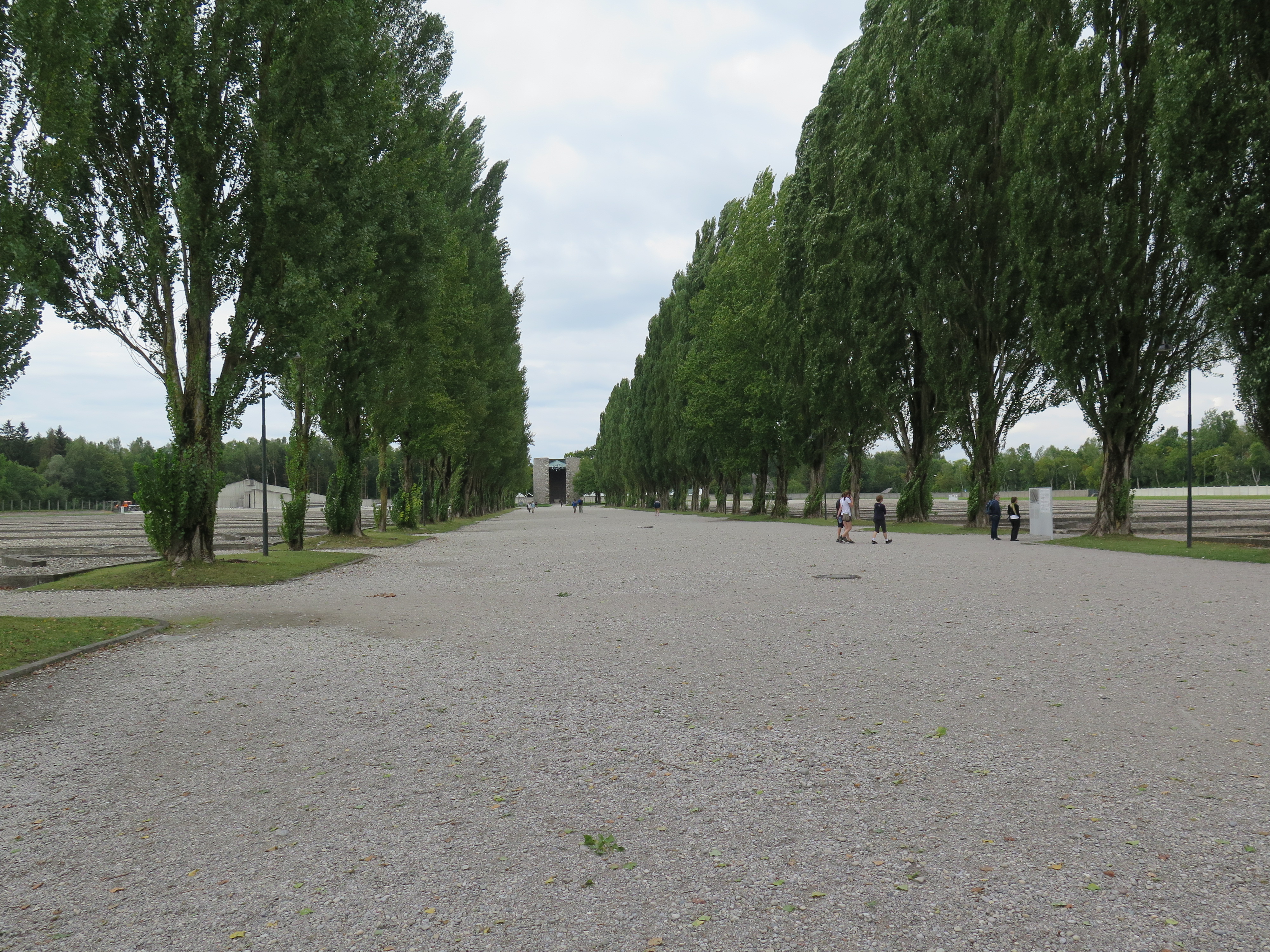 The path leading to the north side of the campground. This was where prisoners could interact with one another without close supervision. The prisoner and nazi barracks used to border the path, but the original barracks have been destroyed over time.
The path leading to the north side of the campground. This was where prisoners could interact with one another without close supervision. The prisoner and nazi barracks used to border the path, but the original barracks have been destroyed over time.
Walking from the south side of the camp to the north side of the camp took us about 15 minutes. We walked on a wide pebbled path. We learned soon enough that the barracks used to surround this path and that the path used to be used as a community space for its prisoners. It was one of the few places where the prisoners could have unsupervised conversations and interact with their friends or family.
 The newer Crematorium – this is where dead prisoners were gassed and/or burned and then their ashes were thrown into the ground, creating mass ash graves. – Wikipedia
The newer Crematorium – this is where dead prisoners were gassed and/or burned and then their ashes were thrown into the ground, creating mass ash graves. – Wikipedia
We veered left and crossed a creek to reach the Crematorium Area. It is one of the few areas with original buildings that has survived over the years. There were two buildings, one was smaller and the signs told us this was the original crematorium. When the camp was first built, it was designed to hold 6000 prisoners—Dachau was actually the first official camp built under the Hitler regime and was the blueprint for all other concentration camps built throughout the war. The original Crematorium had one or two ovens to dispose of the dead prisoners, but it was soon discovered that the camp would be well over capacity, so they built a newer crematorium with more ovens, as well as the addition of a gas chamber.
 The ovens in the newer Crematorium. – Wikipedia
The ovens in the newer Crematorium. – Wikipedia
(I didn’t take any photos while in the Crematorium. It didn’t feel right to me, which is why I’m using Wikipedia images.)
 The gas chamber, which the Germans made look like a shower upon entering. – Wikipedia
The gas chamber, which the Germans made look like a shower upon entering. – Wikipedia
Colleen and I walked through the Crematorium and spent a lot of our time in each room. One room was said to have housed hundreds of dead bodies, stacked on top of each other, waiting to be burned. The main oven room had high ceilings and towering beams that framed the brick ovens that paralleled the floor. We read the signs in there as well. One said that there was a backlog of dead bodies to be burned because, by the end of the war, most of the concentration camps ran out of wood and coal to keep the ovens hot. The final room was the gas chamber room. Colleen and I entered the same way the prisoners would have entered. The signs told us that the guards would tell the prisoners to take off their clothes because they were entering a shower. Inside the chamber, there were holes in the ceiling that looked like water could come out of them, but on the east side walls were two holes with gates over them. I would learn later that from the outside, there were chutes—they look like laundry chutes—and guards would put gas pellets into them, which would then release the poisonous gas to the prisoners in the chamber, killing everyone inside. This room was directly connected to the main oven room.
 Colleen reading the informational sign about the shooting range and the mass ash graves which are found in the Crematorium Area. Walking in the Crematorium area was a sobering experience for both Colleen and me.
Colleen reading the informational sign about the shooting range and the mass ash graves which are found in the Crematorium Area. Walking in the Crematorium area was a sobering experience for both Colleen and me.
From there, in silence, Colleen and I slowly walked back to the main entrance. In three hours, I had learned so much about what happened in Dachau, and in a way, I still didn’t know much at all. Upon leaving the campgrounds, I told myself that I need to educate myself more about not only the Nazi occupation but also what is happening currently in our world today. For years and even now, there is mass genocide happening in Syria and in many parts of the Middle East. There are extremist groups all over the world, even in the USA, who target folks based on their religion, race, or citizenship. I already knew that I have to be more aware for the years to come, especially since Trump is now in office, but Dachau inspired me to be even more aware of what is happening globally and to help in whatever way I can. At the moment, all I can really do is send money to relief organizations and to talk to folks who are unaware. Maybe down the road, I’ll be able to do more.
So, for now, let’s stay woke everyone.
Thanks for reading.
Till next time,
-Molly
 Munich’s Town hall – Rathaus-Glockenspiel. There is a clock that re-enacts two stories from the 16th Century starting at 11:00 am every day.
Munich’s Town hall – Rathaus-Glockenspiel. There is a clock that re-enacts two stories from the 16th Century starting at 11:00 am every day.
Also, for more info about Dachau this blog and this blog have more information and photos. I used them as references while writing this blog.



